What to do with old prints?
I’ve often wondered what the right approach is to old work. It takes me years to say farewell to a piece that wasn’t quite successful or one that my style and practice has grown from. As I often work with traditional media, each original is hours of work and expense of material now sat on a page. It’s very hard to simply throw those projects away. With traditional printing it really is a labour of love and I often produce multiple copies with the intention, or at least hope, of selling them.
But alas things don’t always turn out quite the way you hoped. Or after a time your work develops into a new direction, the old stuff just doesn’t hold up anymore. I struggle to throw away artwork that may or may not have monetary value. As with everyone at the moment, ‘cozzie liv’ is hitting hard. The road to finding financial stability in the arts is very rough, well I’m certainly finding it so. So to throw away something that may still have some financial worth seems sacrilegious. But I may have found a solution.
I have gathered up some of my old prints of a similar style and aesthetic into “Clearance Packs”. I still see the work as valuable and they have helped me along my journey, but I am now ready to part with them; and move my creative practice into a new direction. Each pack has it’s own little theme and are all £20 or under. It’s great for anyone wanting to obtain affordable art and would also be a massive help to me while I’m on the hunt for a job in the creative field. You find the packs in my shop, as well as various other prints, cards and goodies.








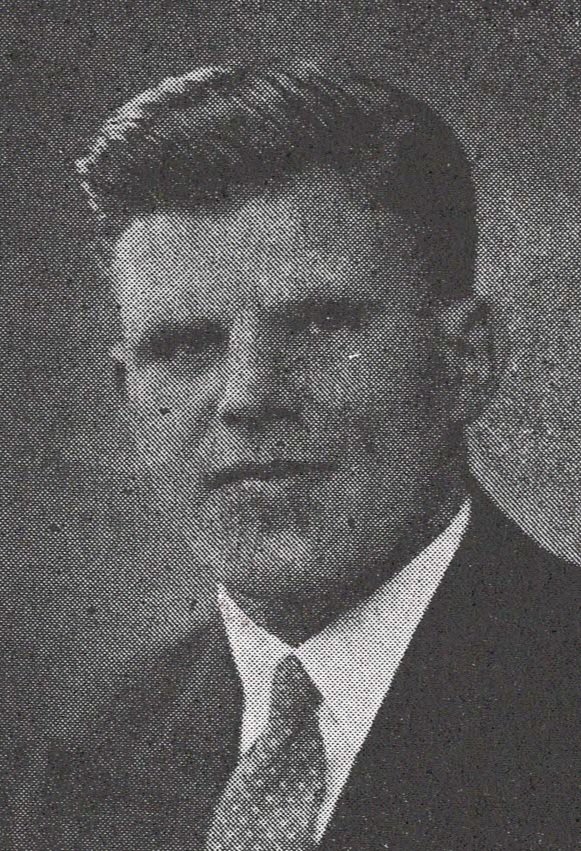

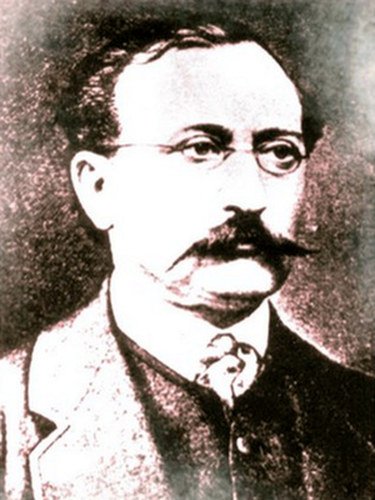
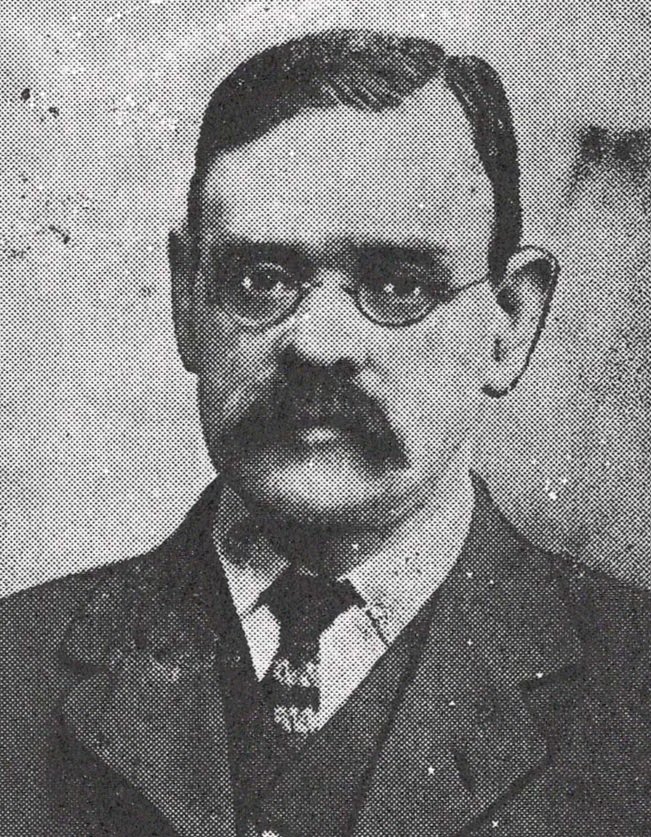
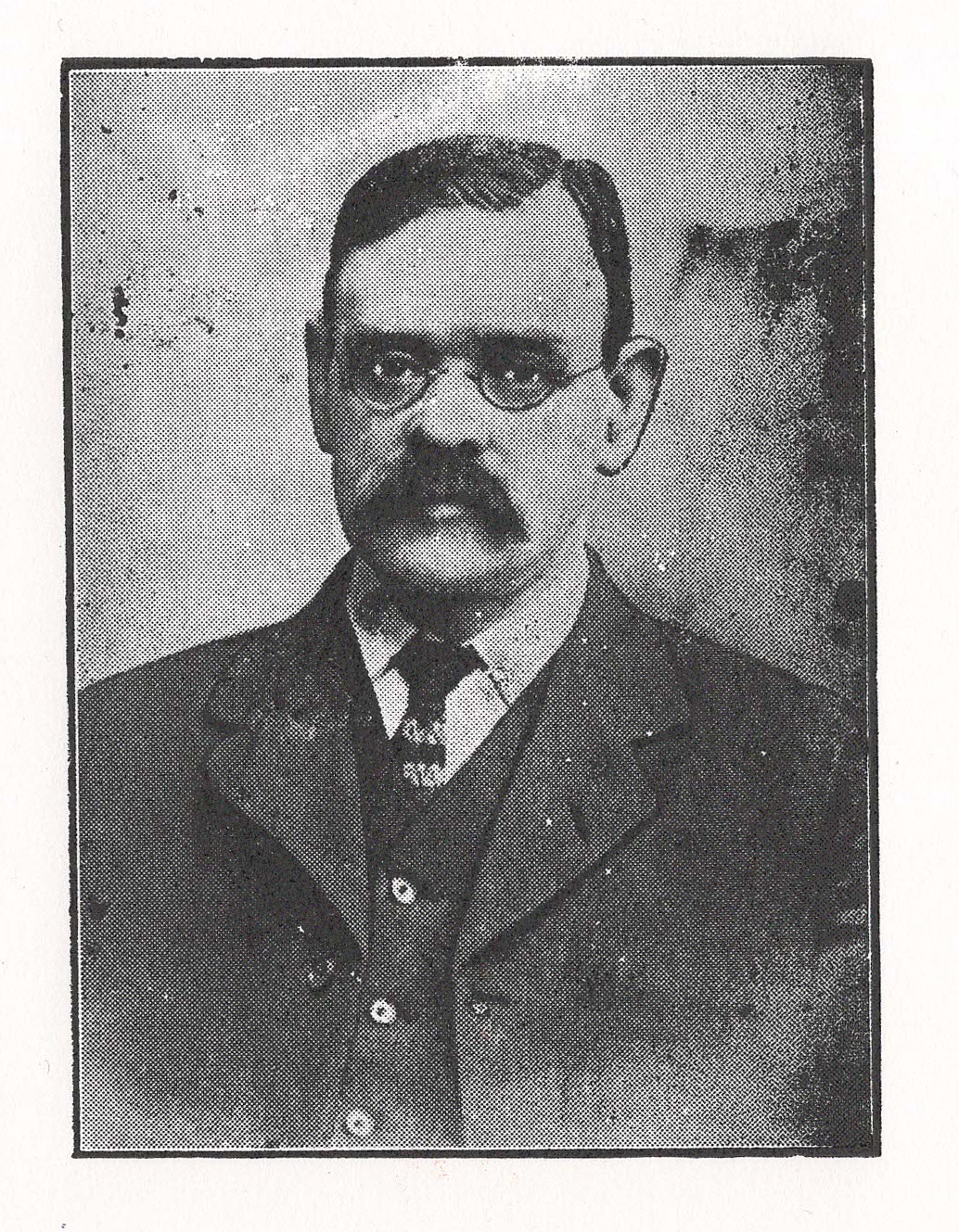

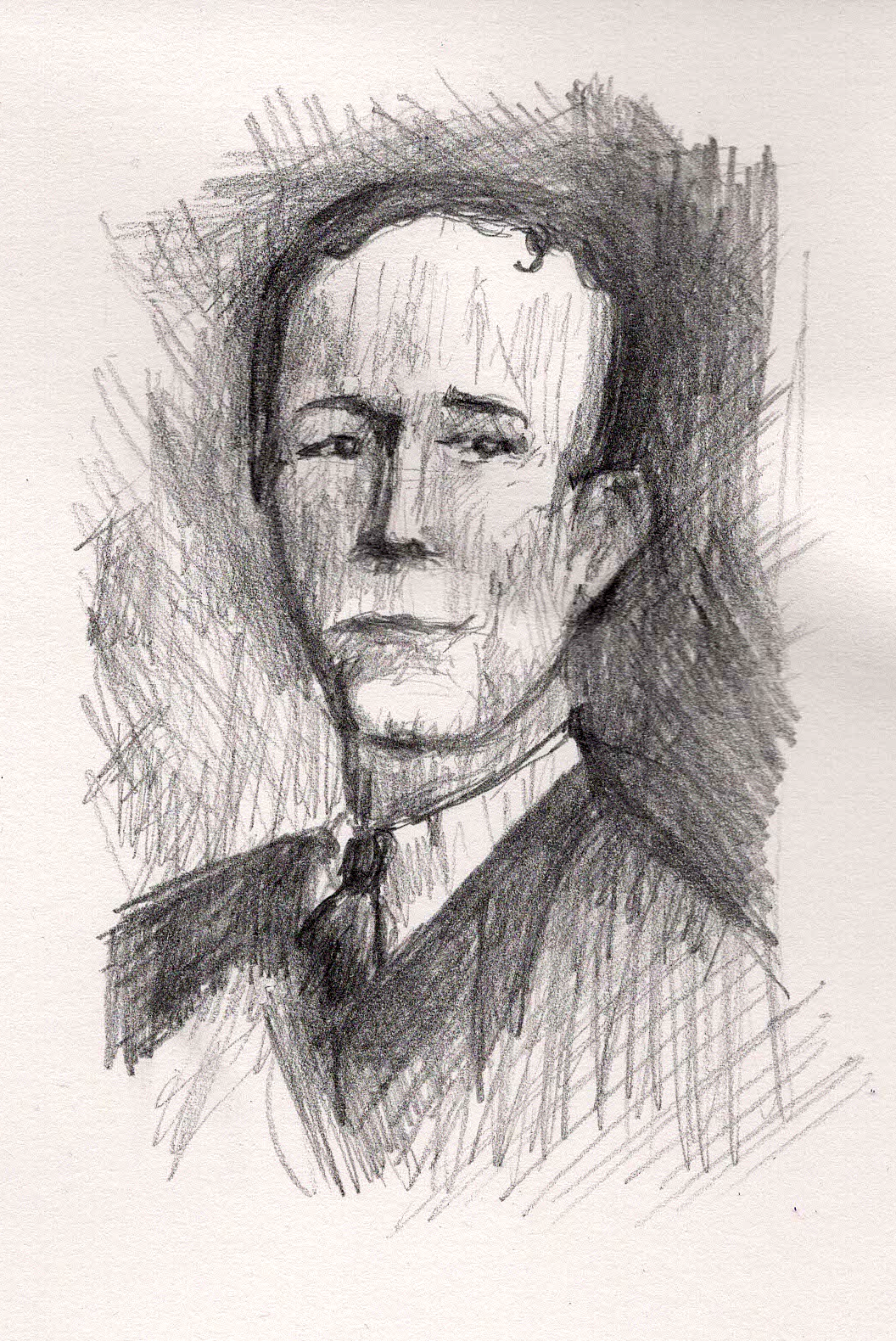





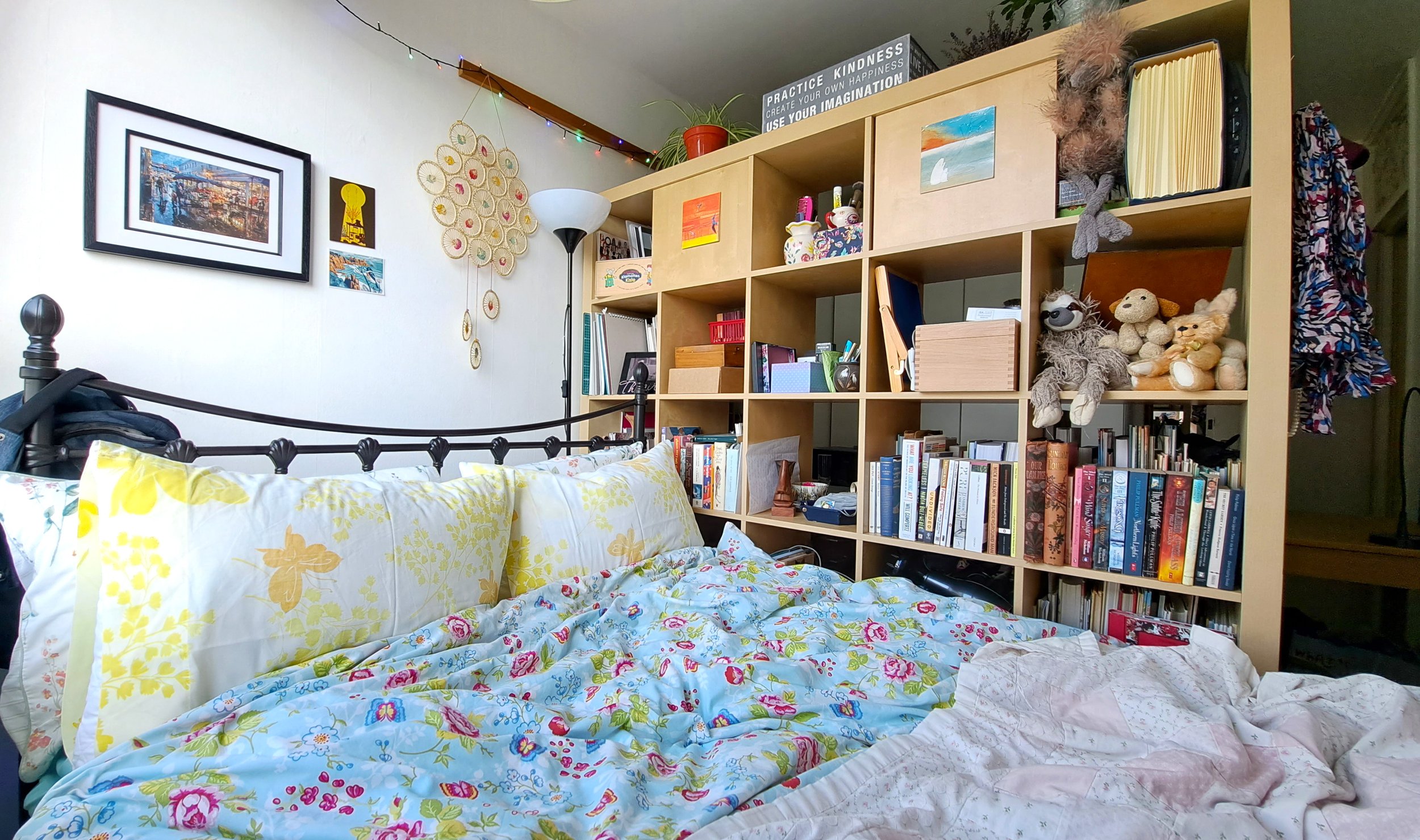
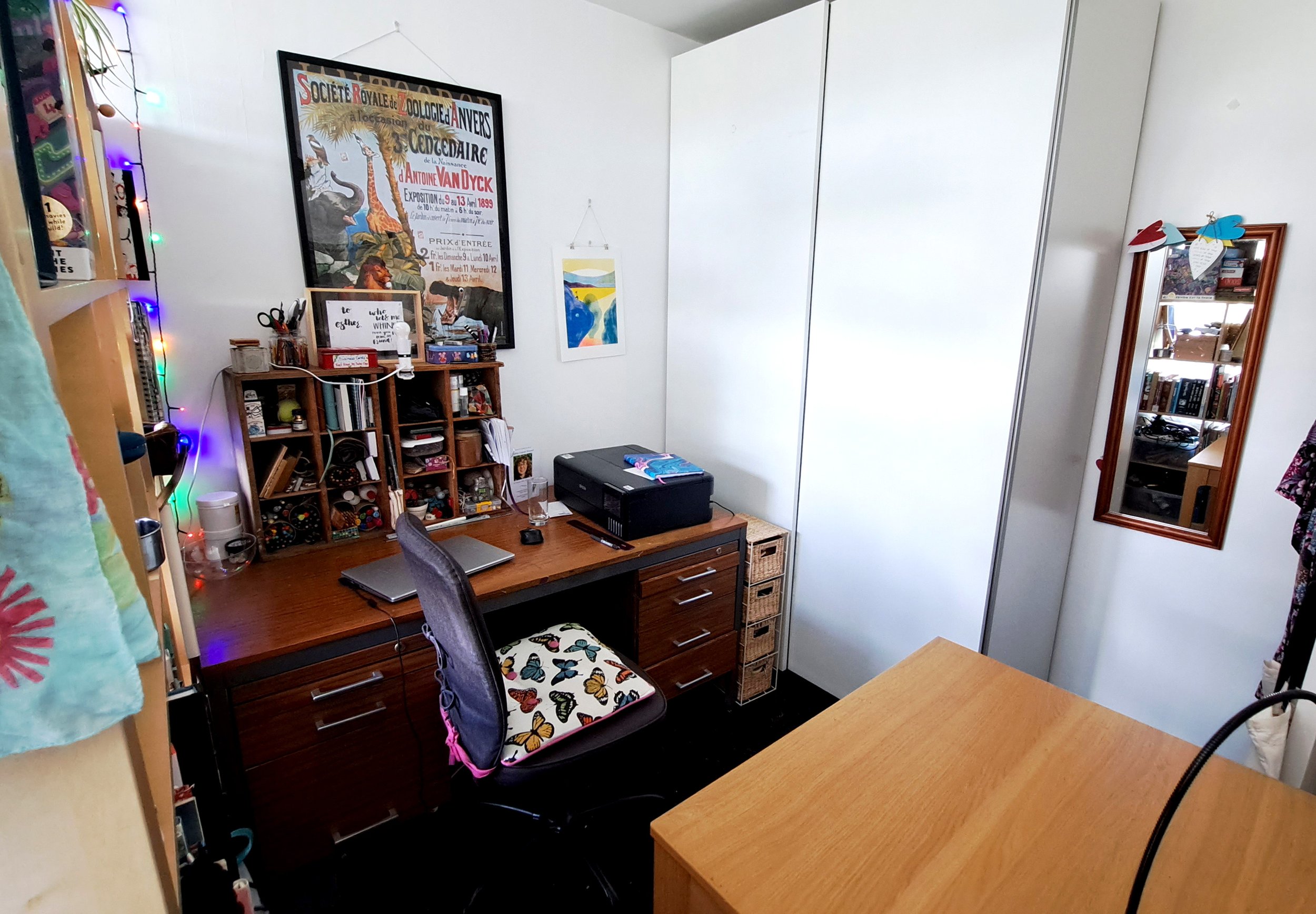
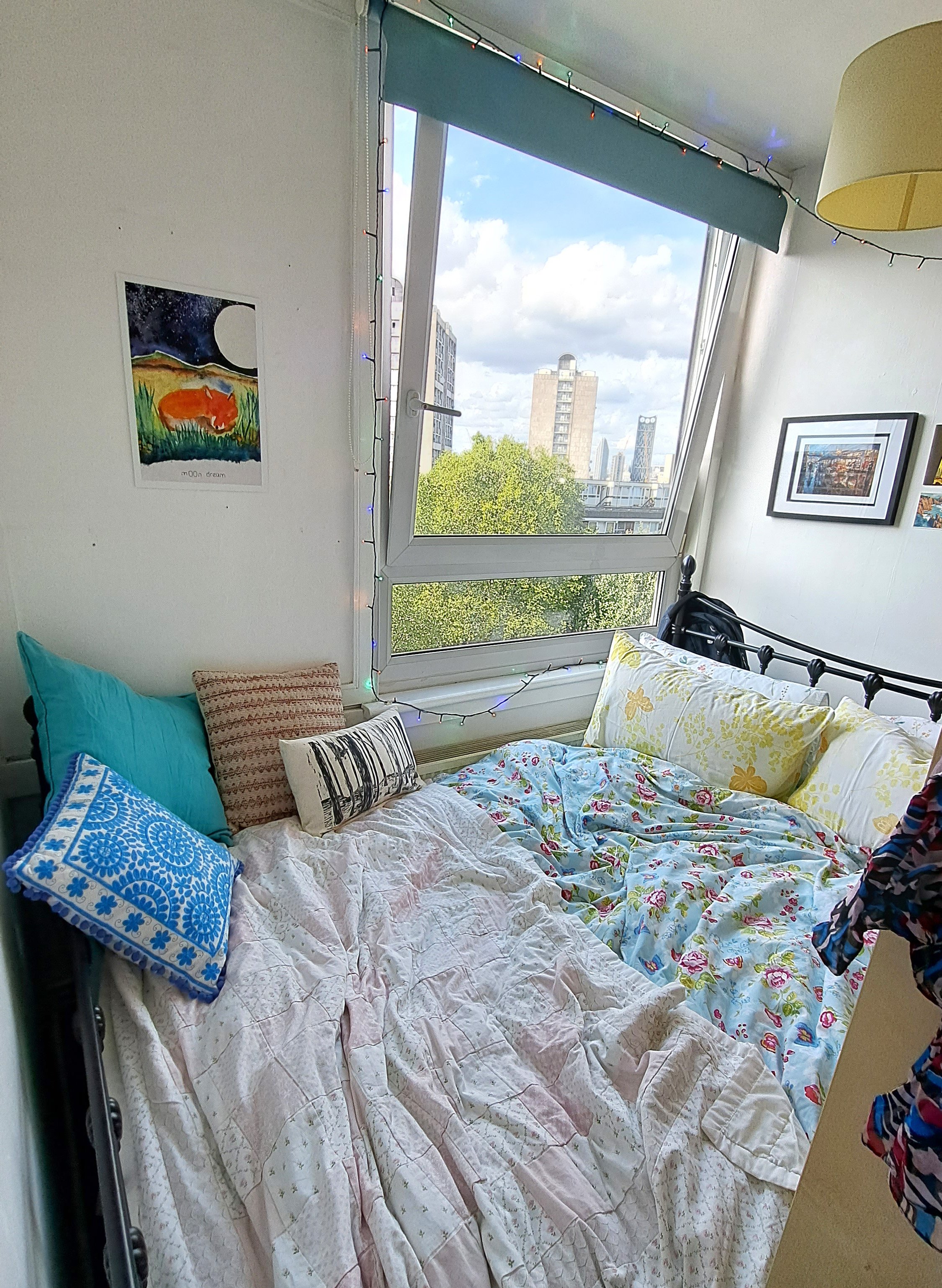
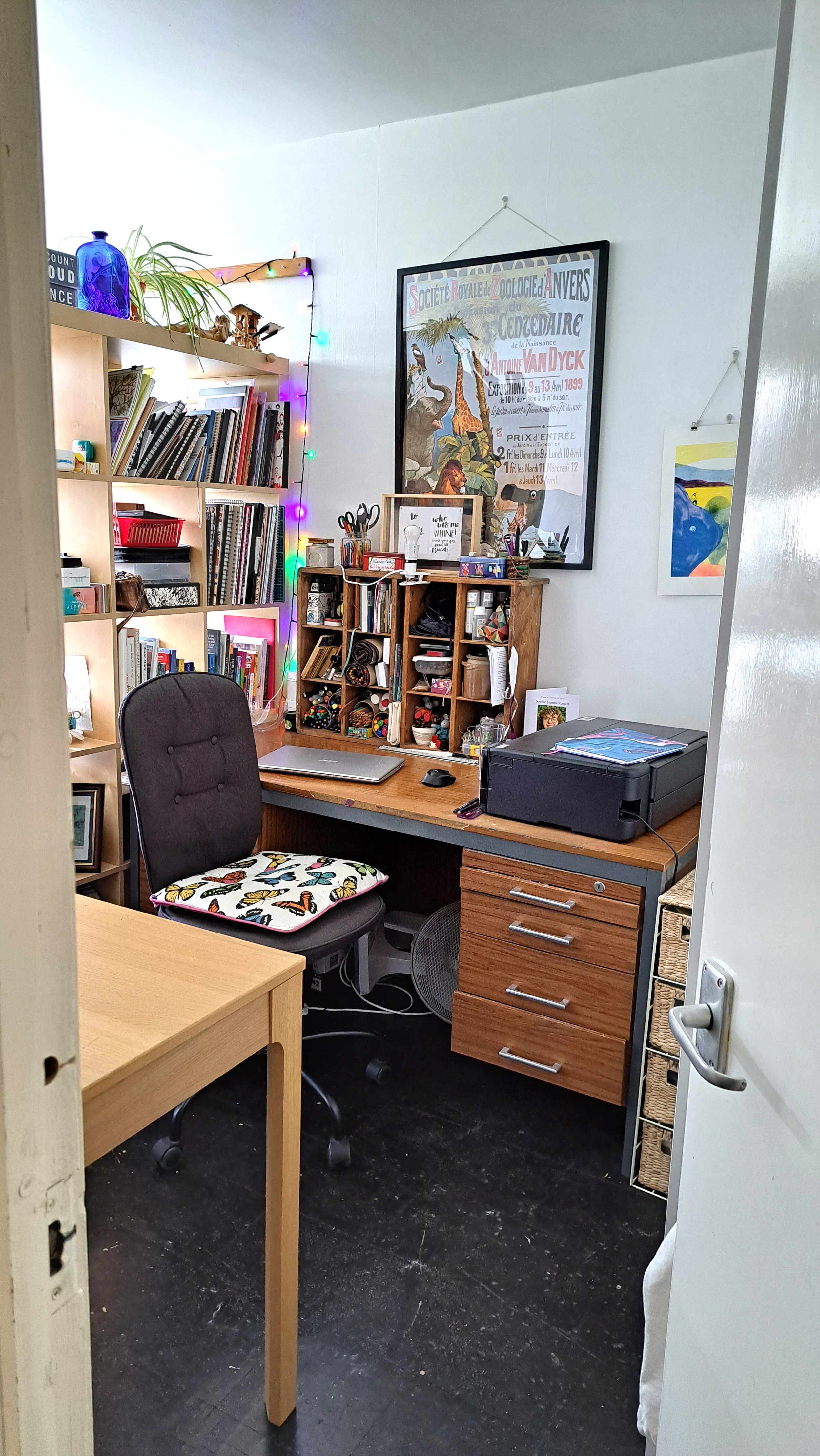
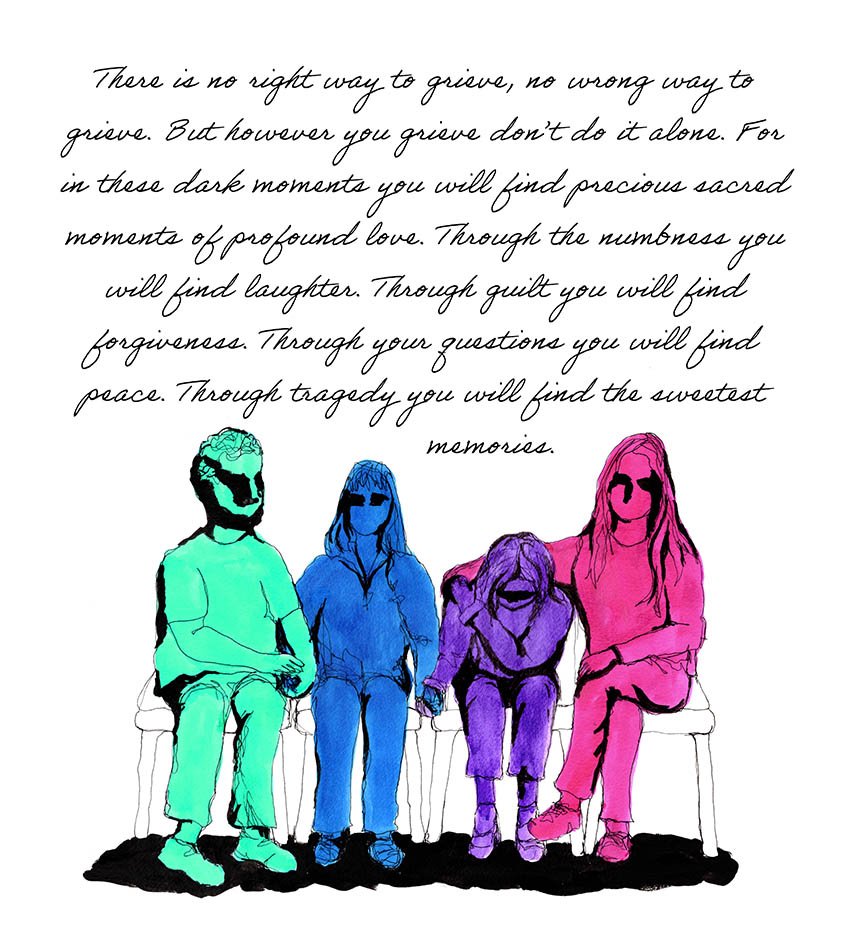














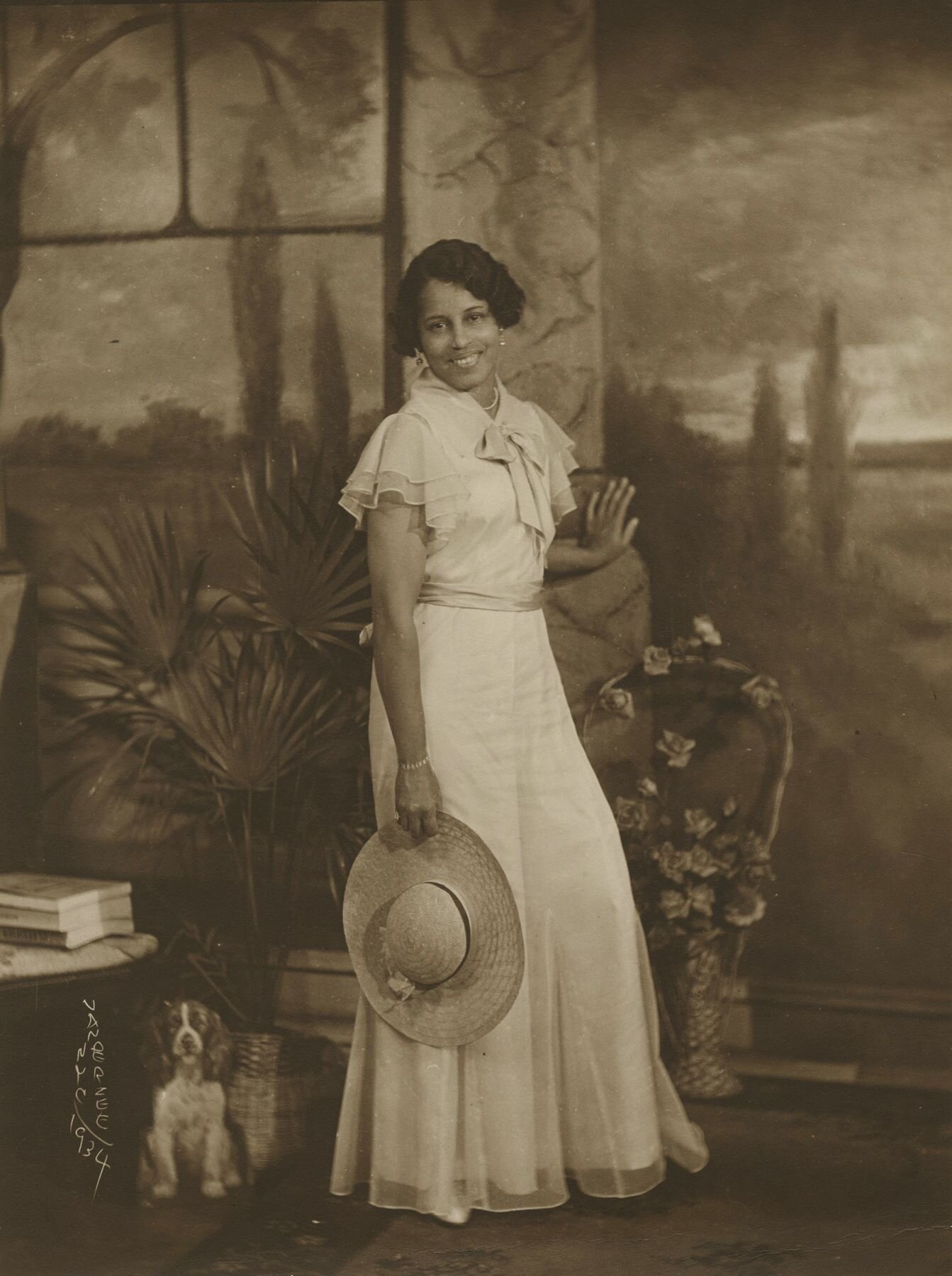



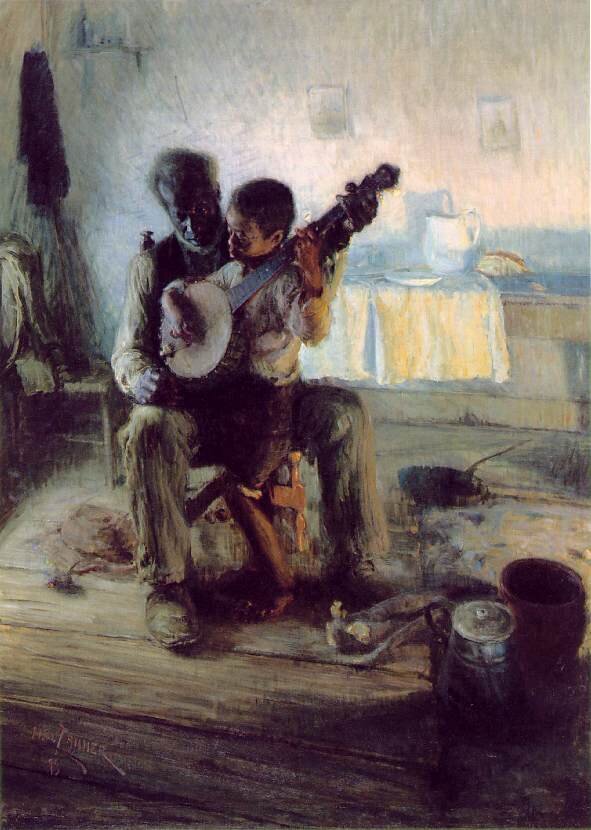

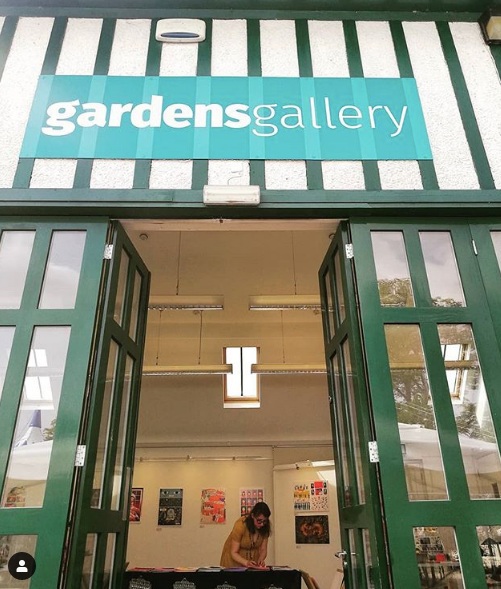
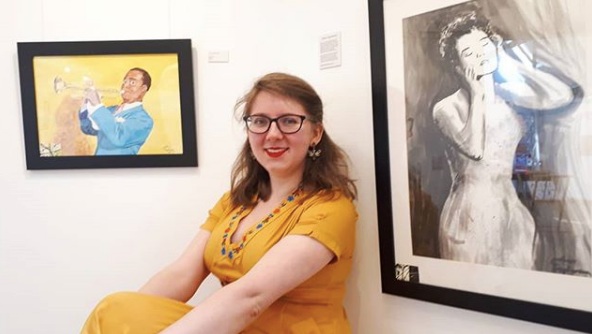
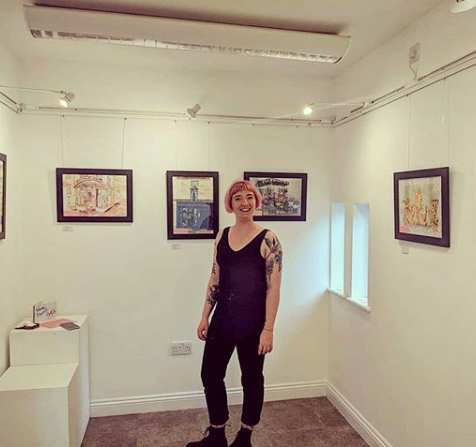
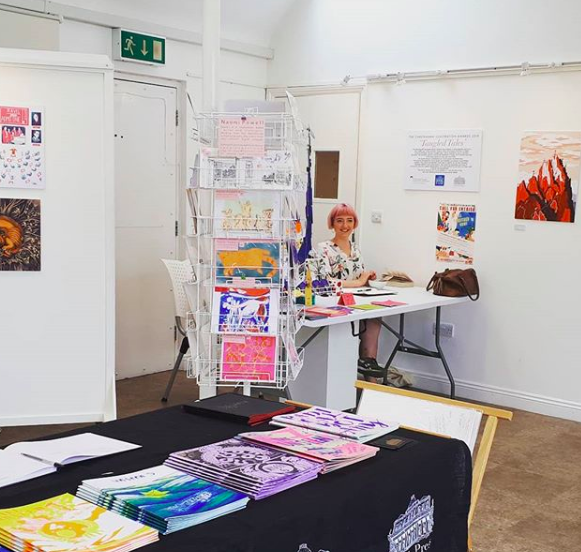
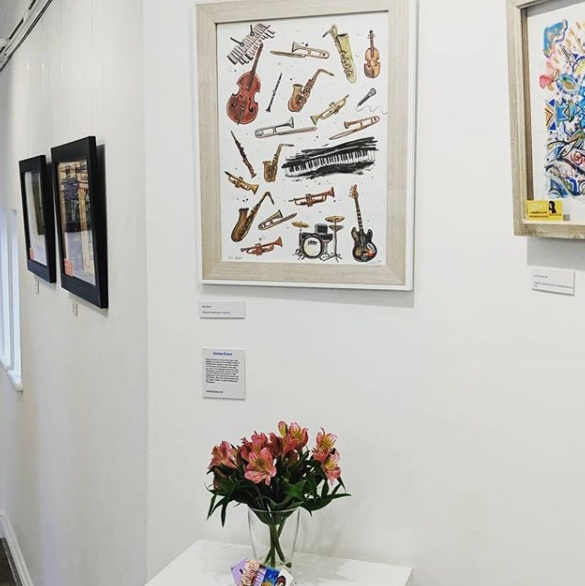
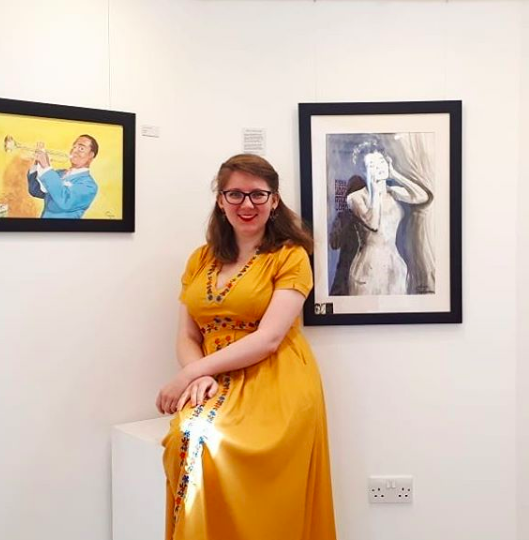
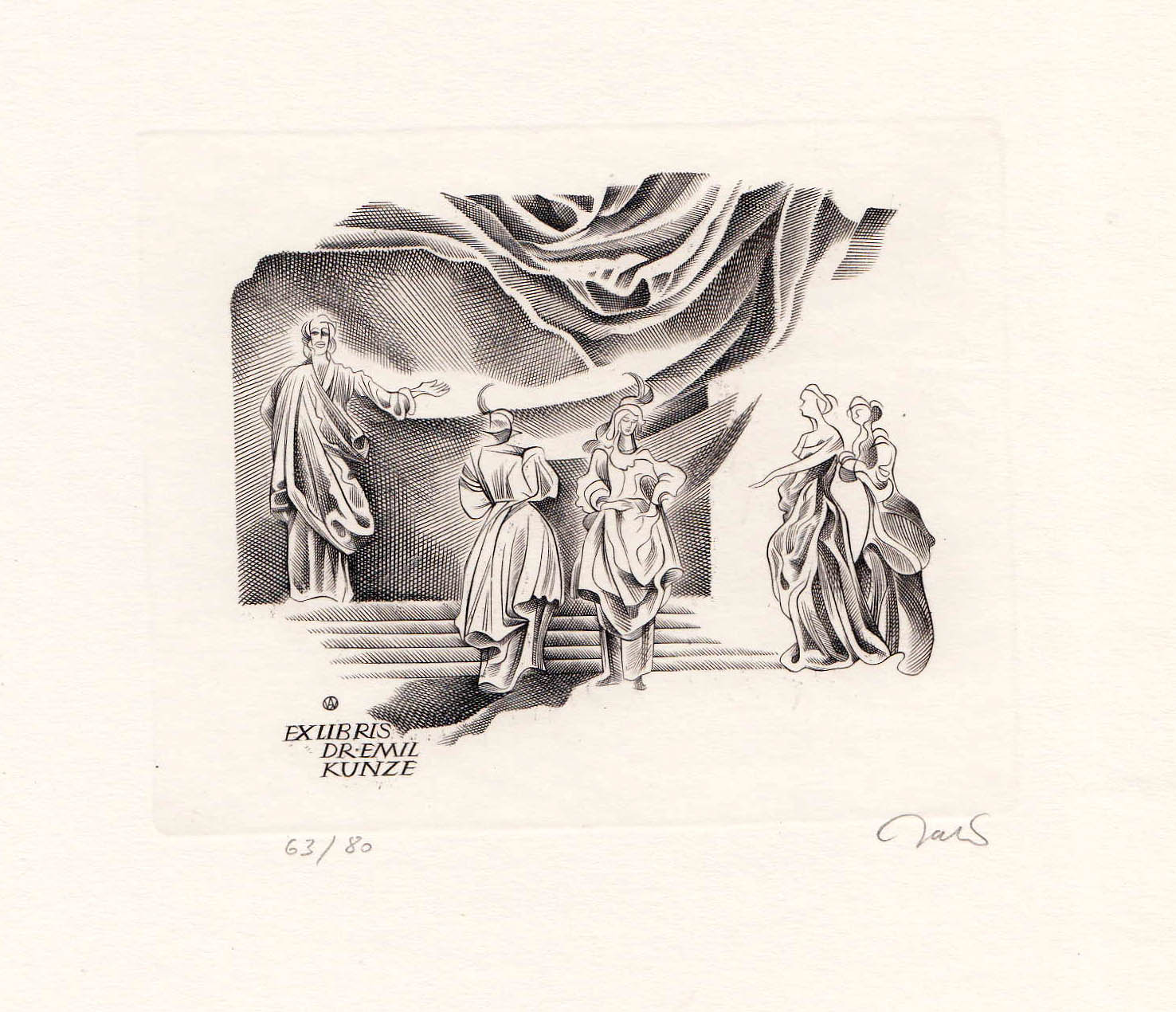

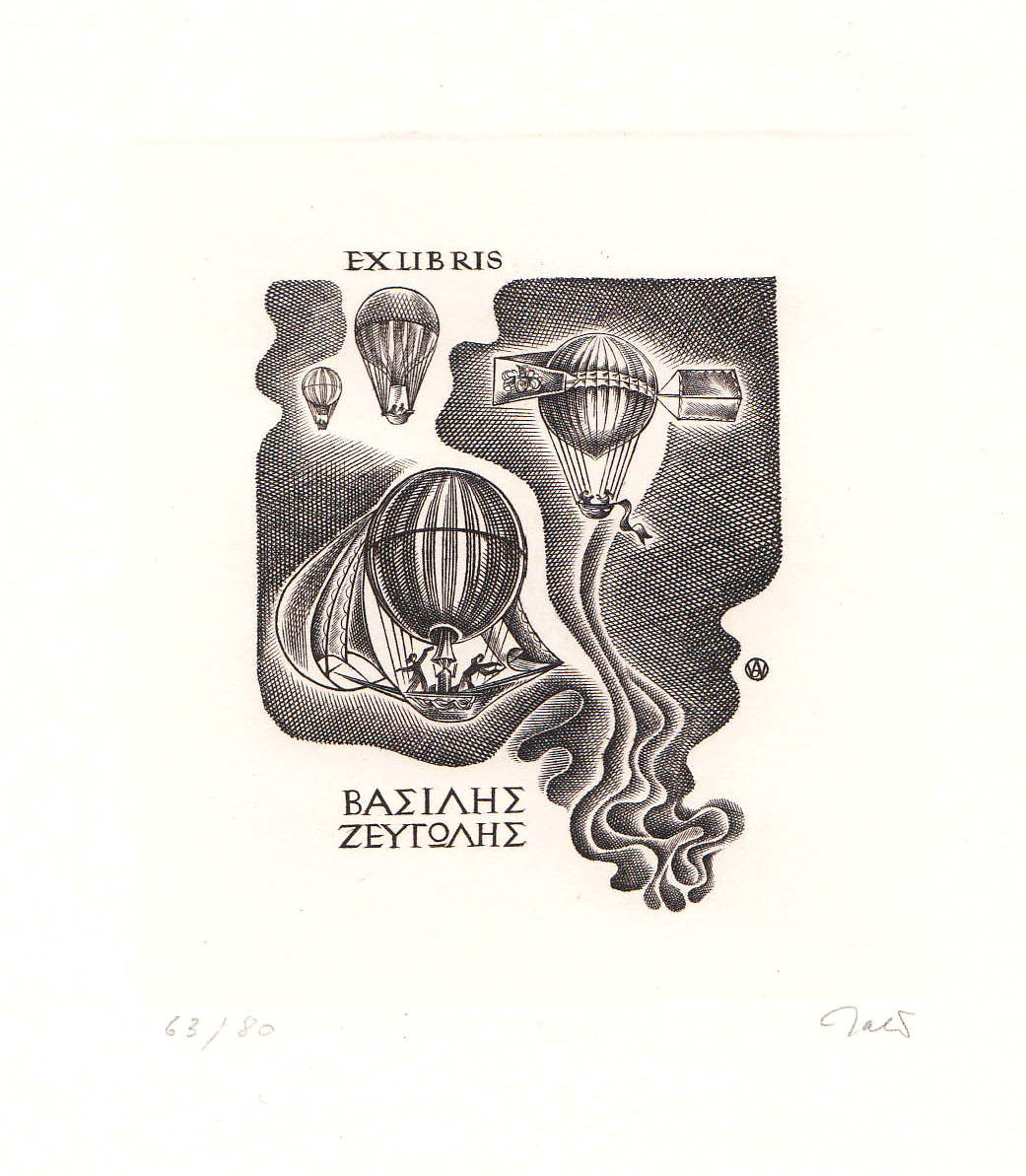
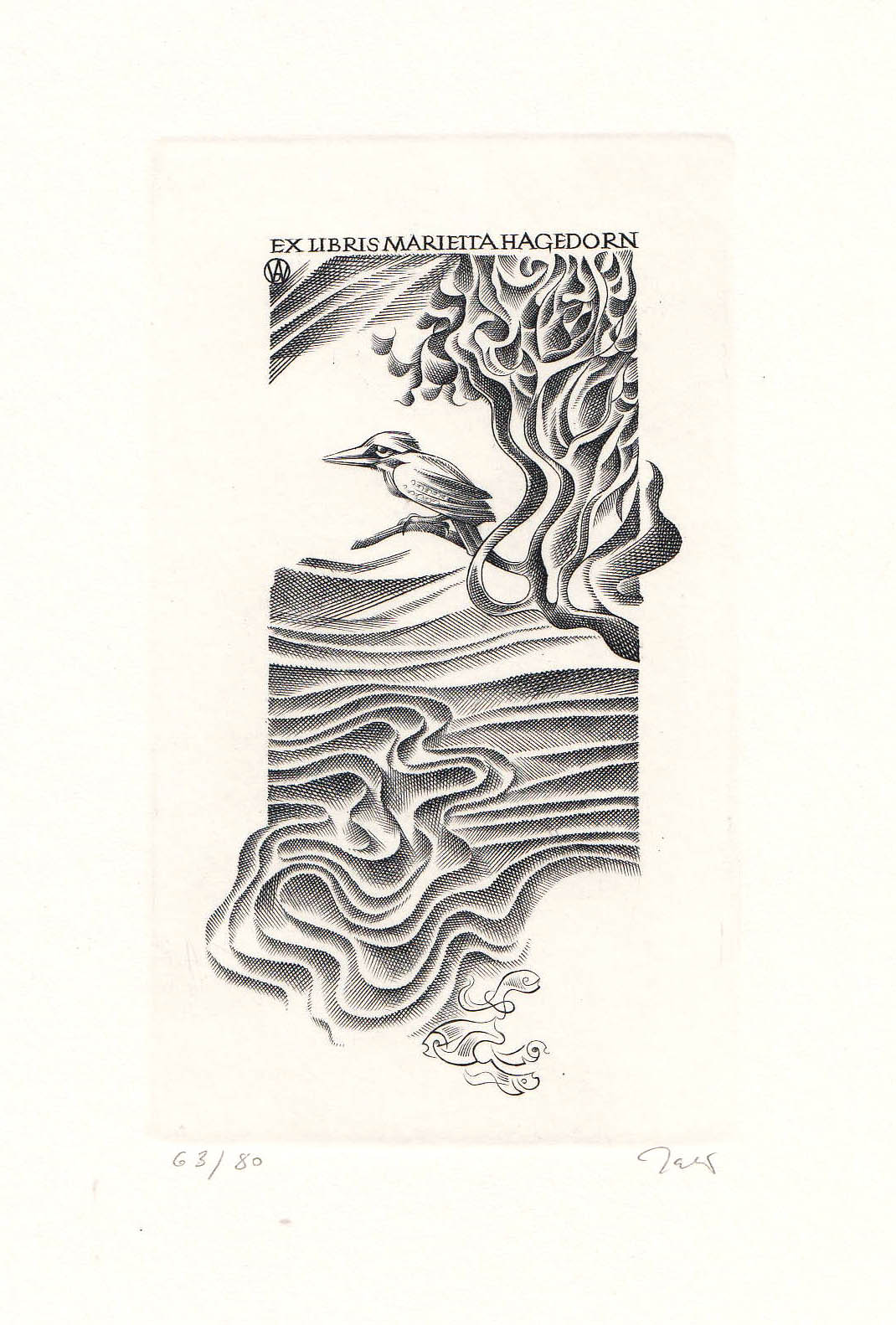

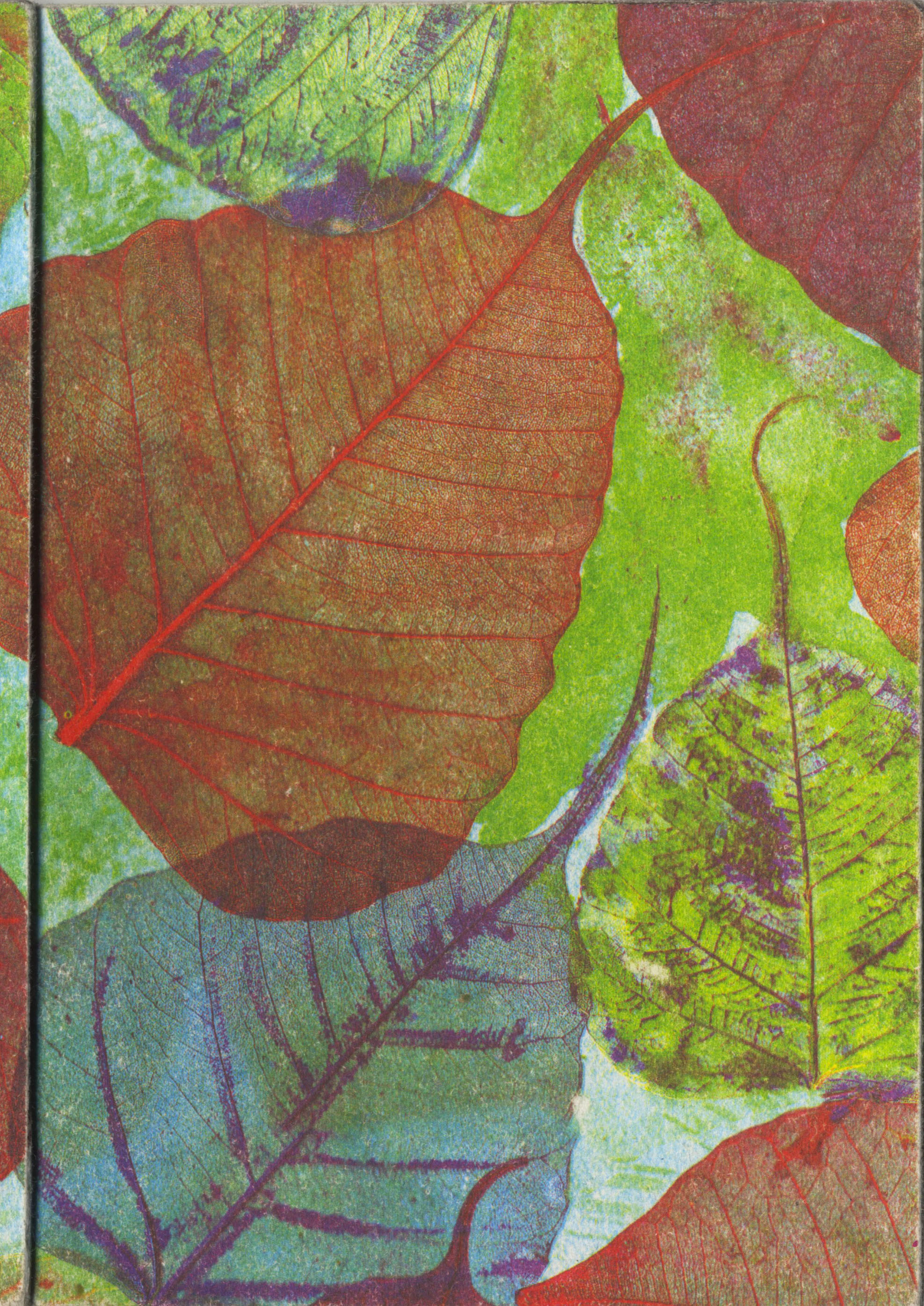


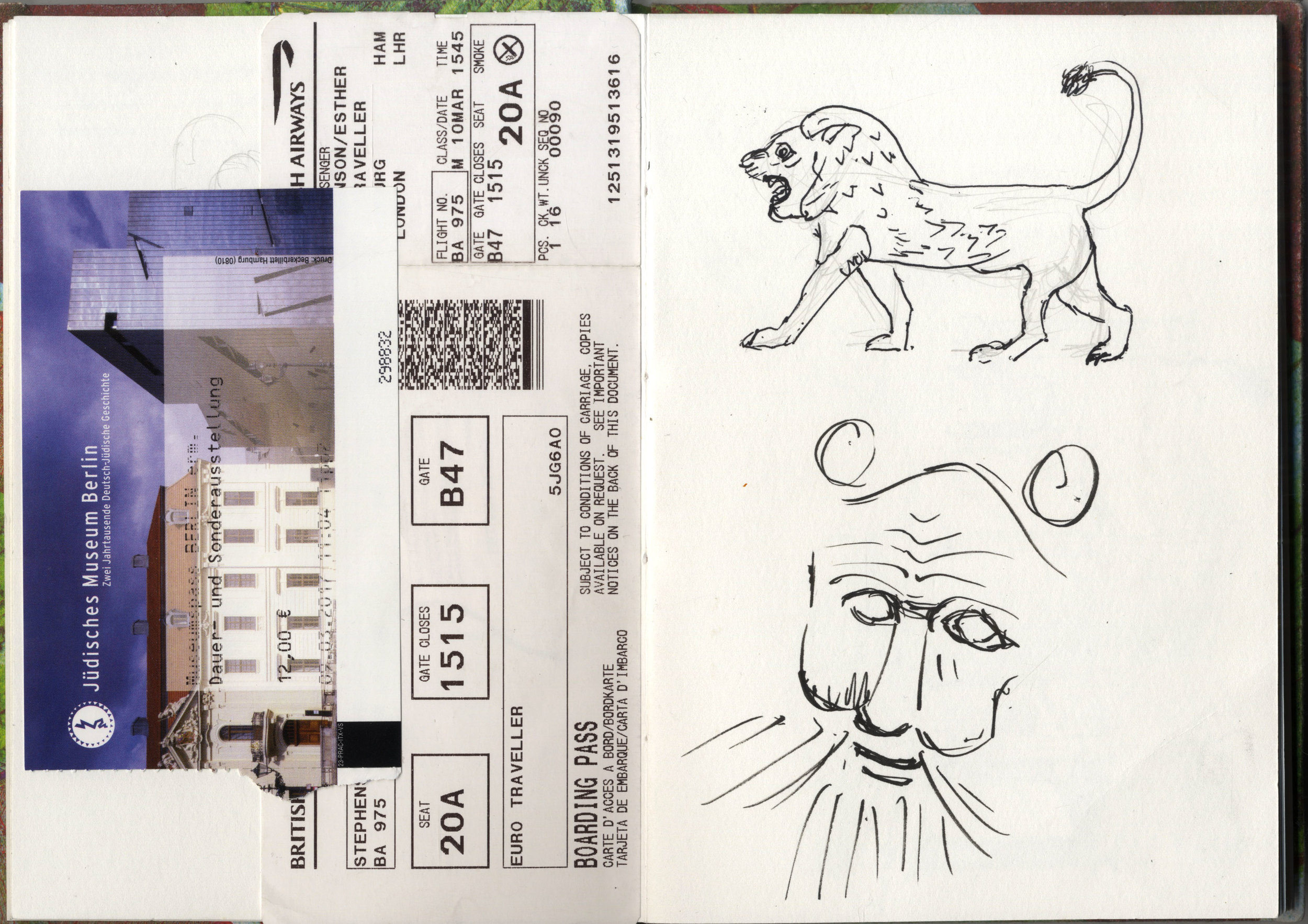
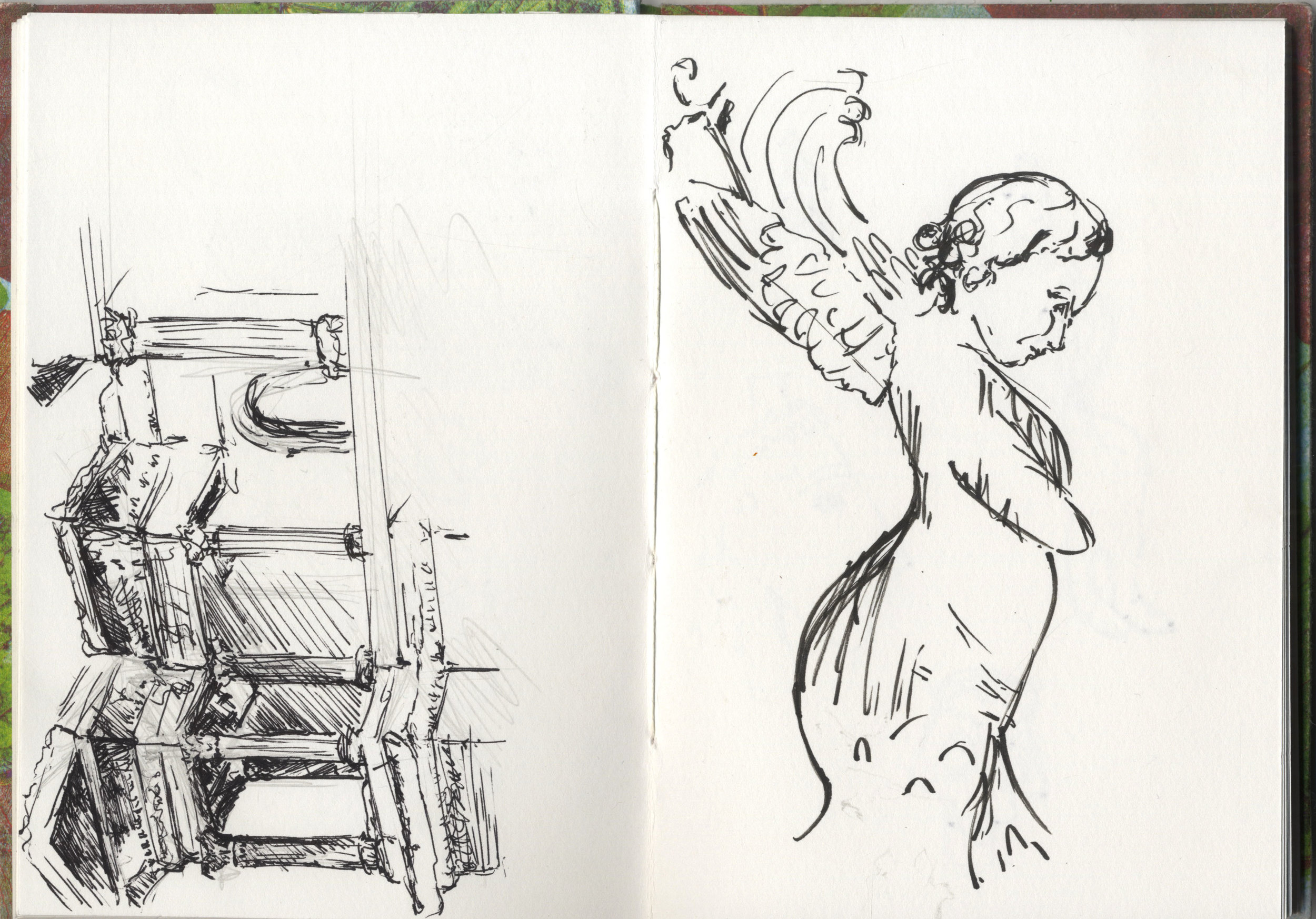
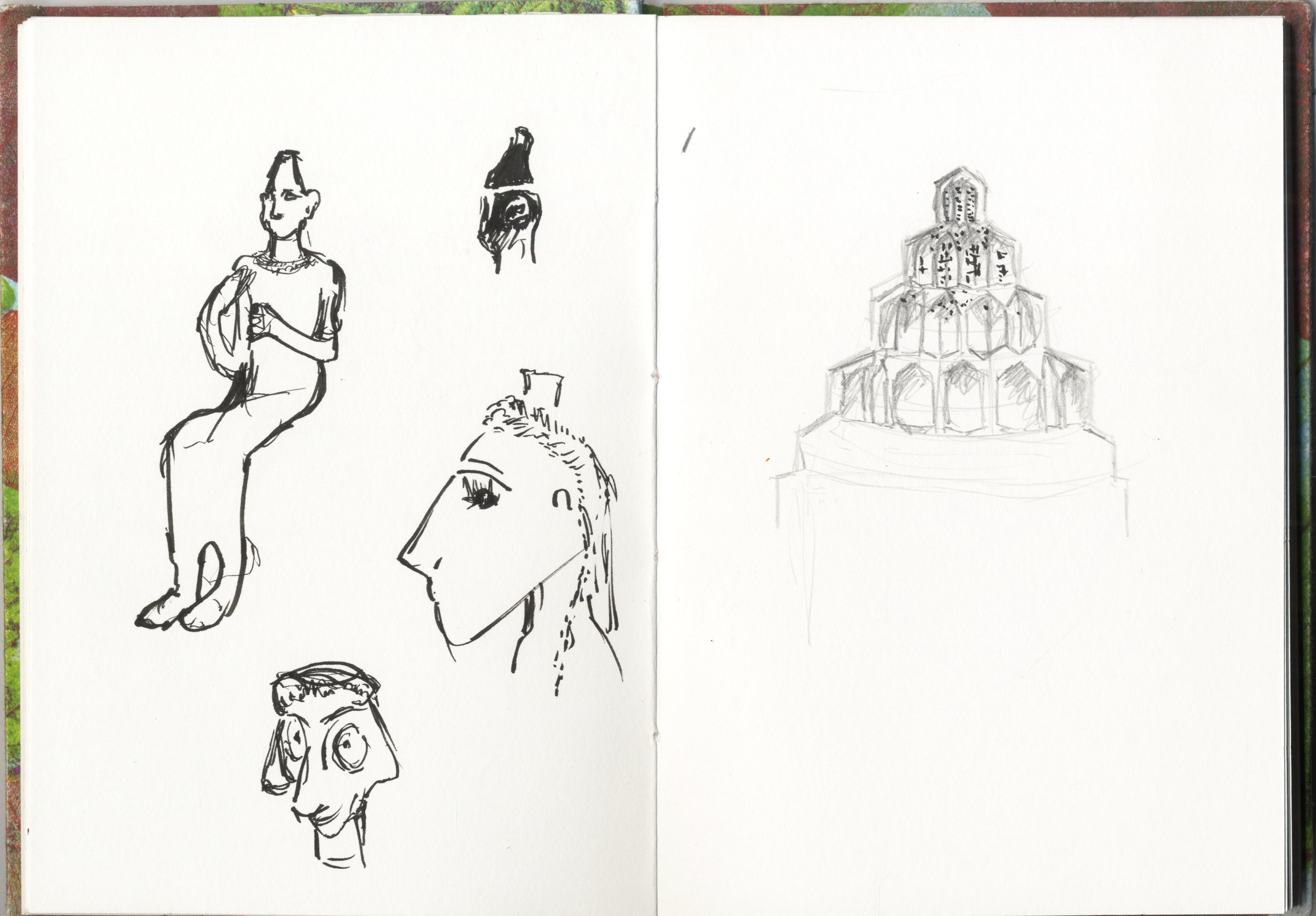
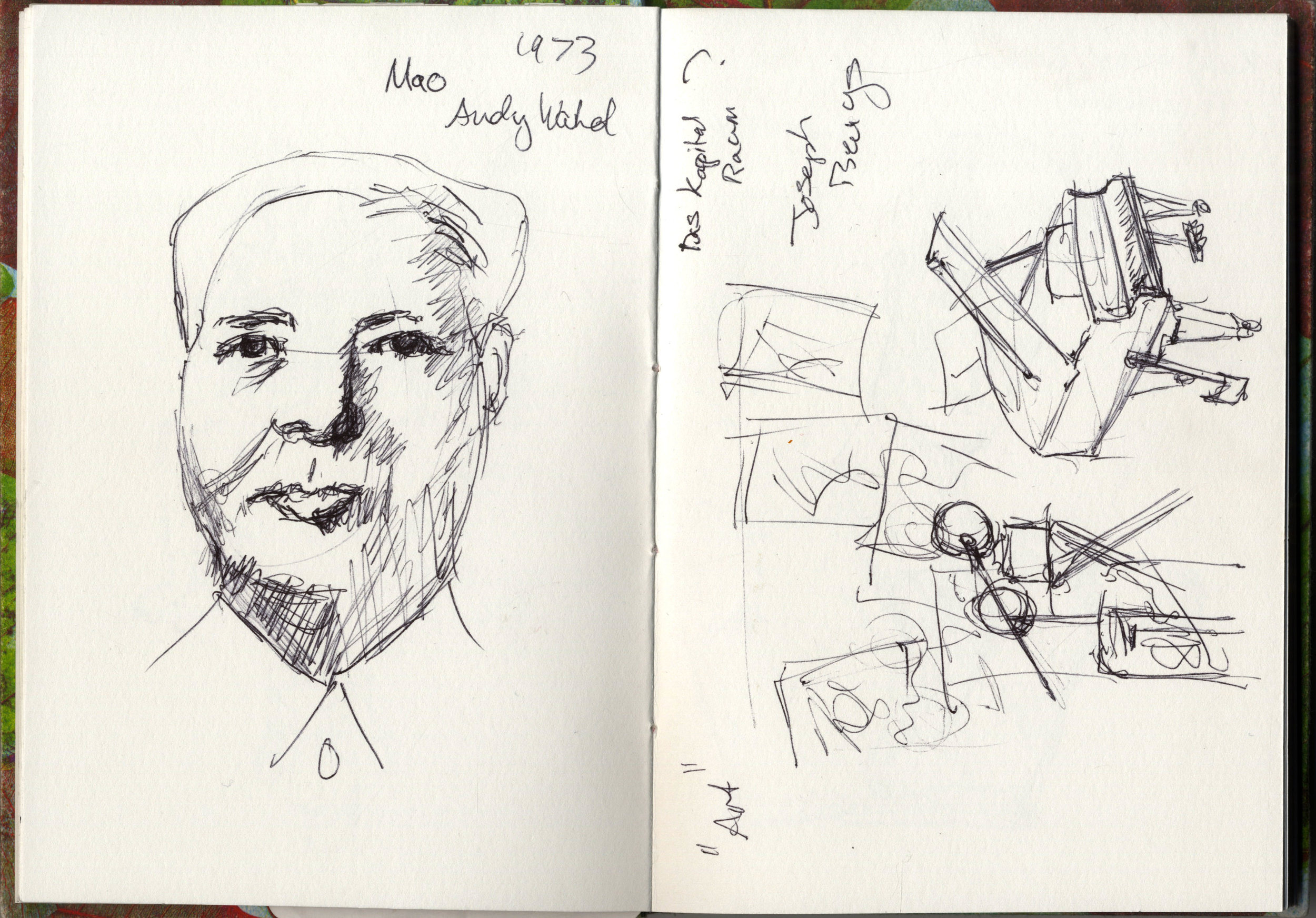
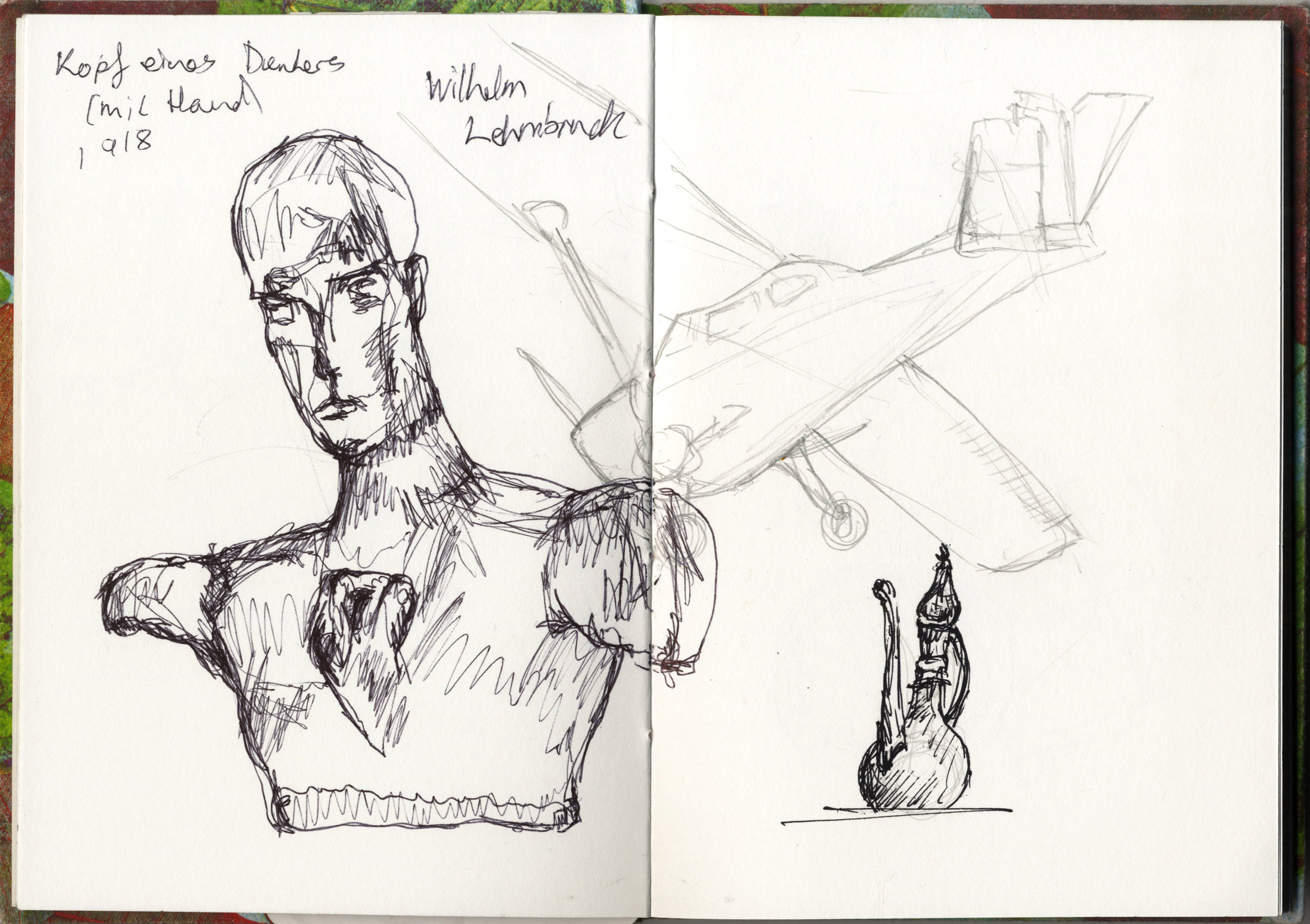
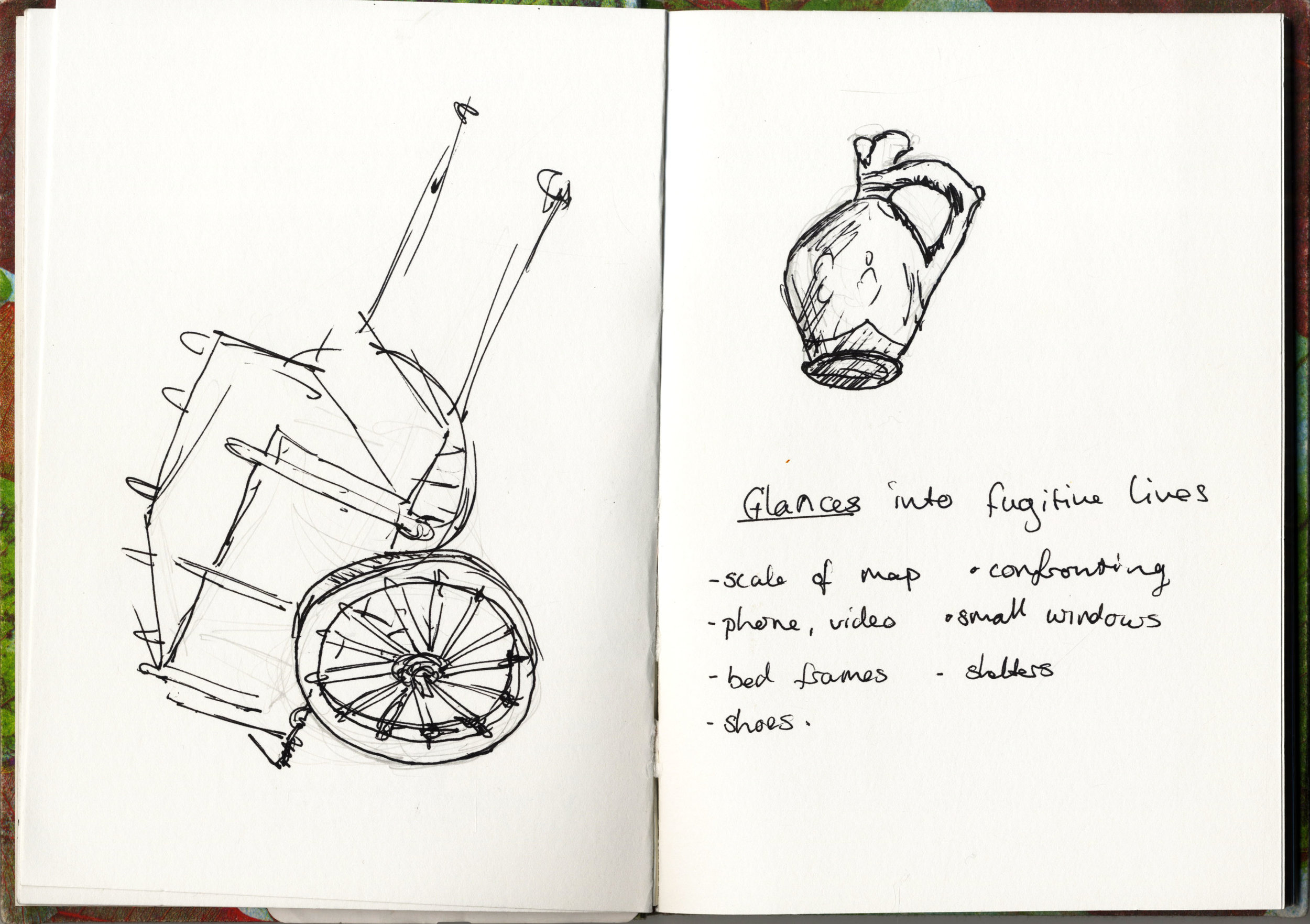

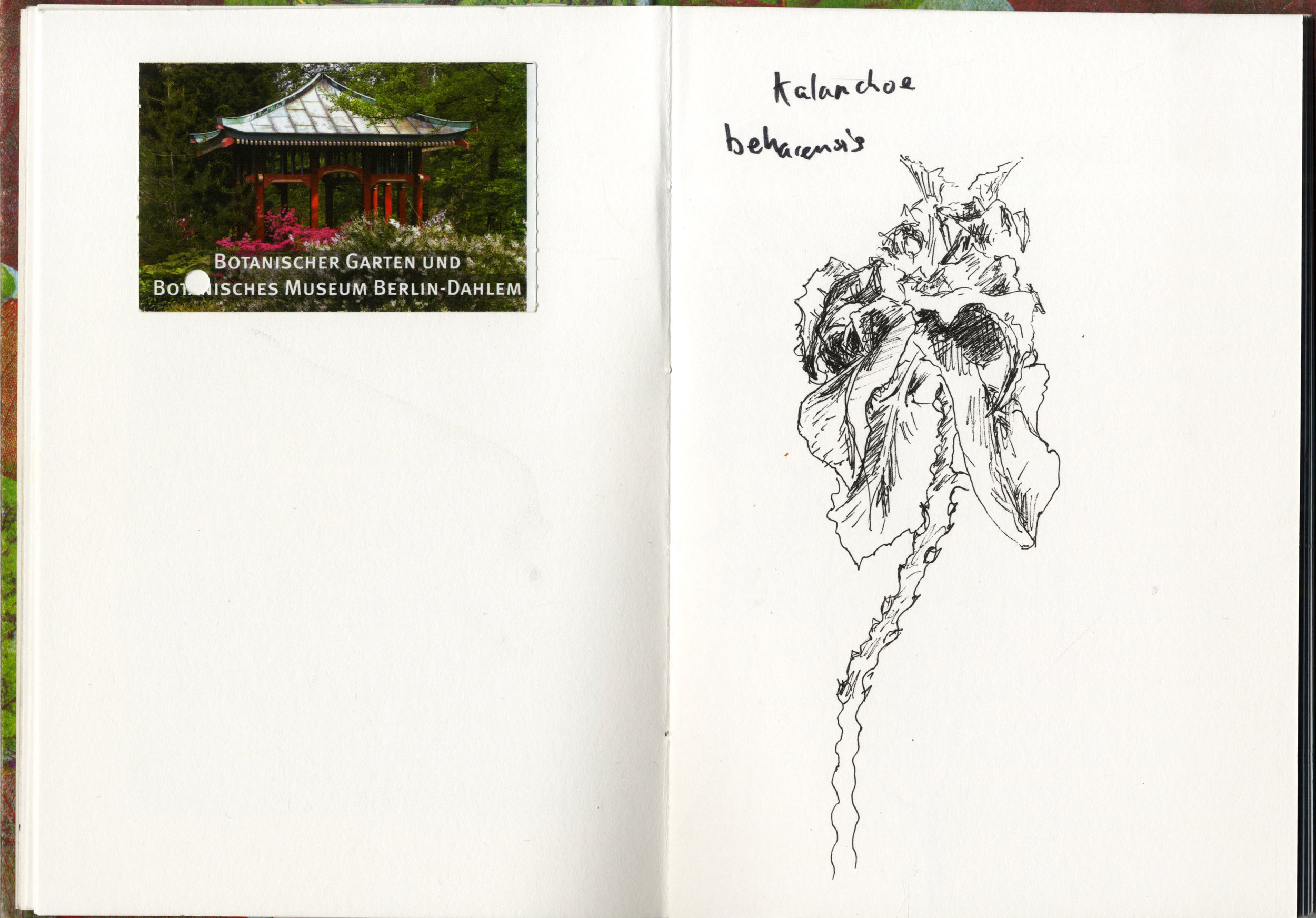
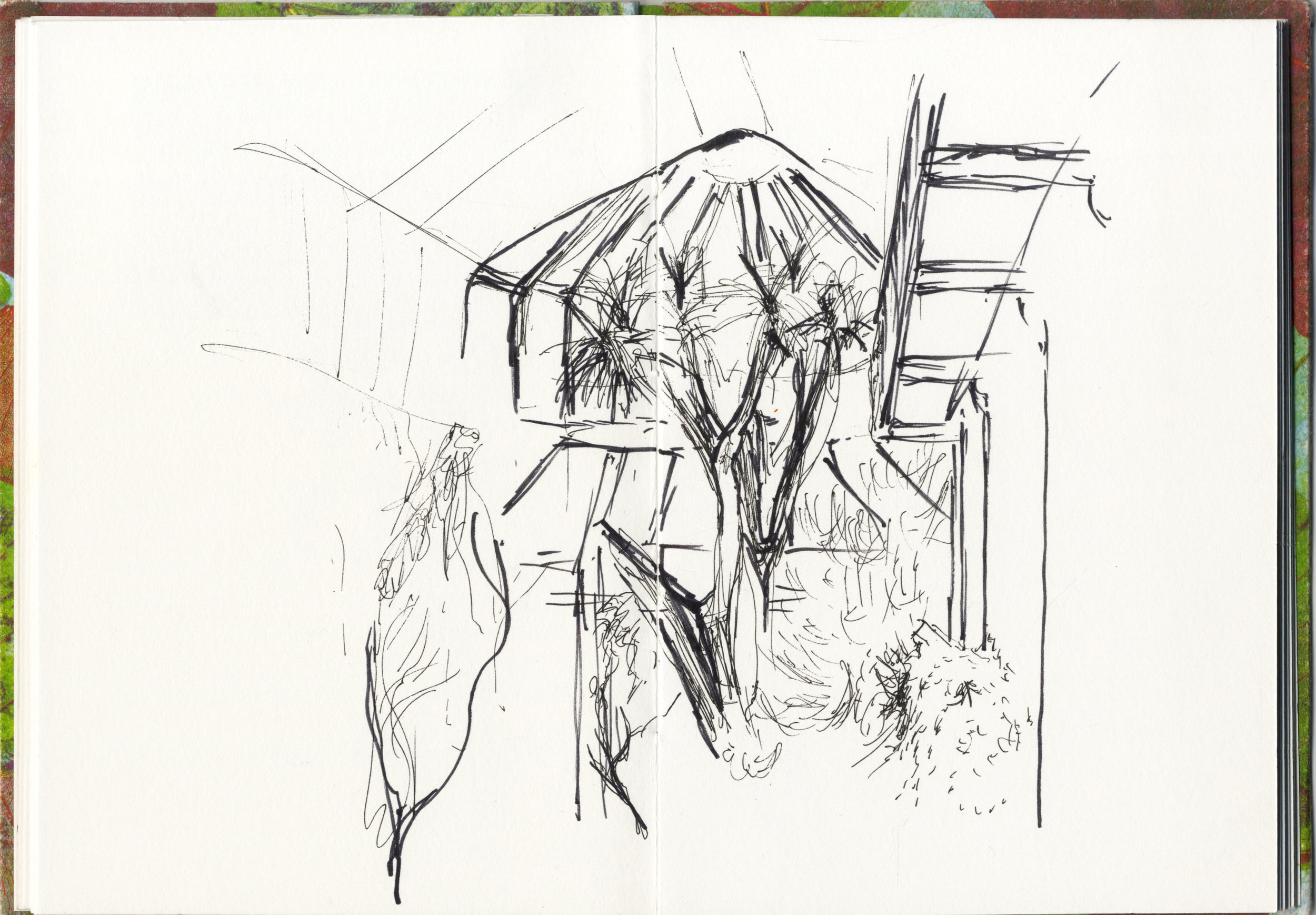
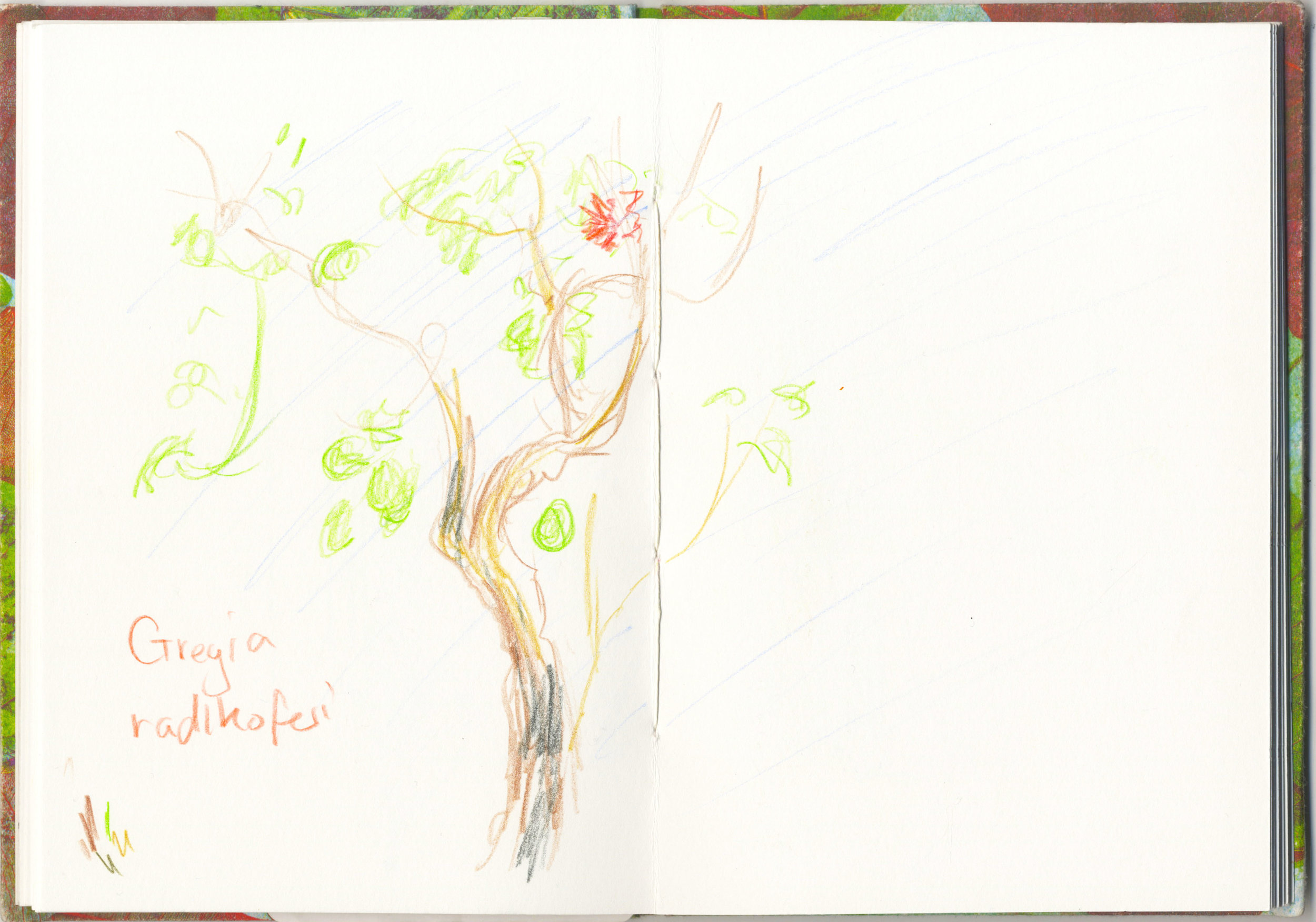
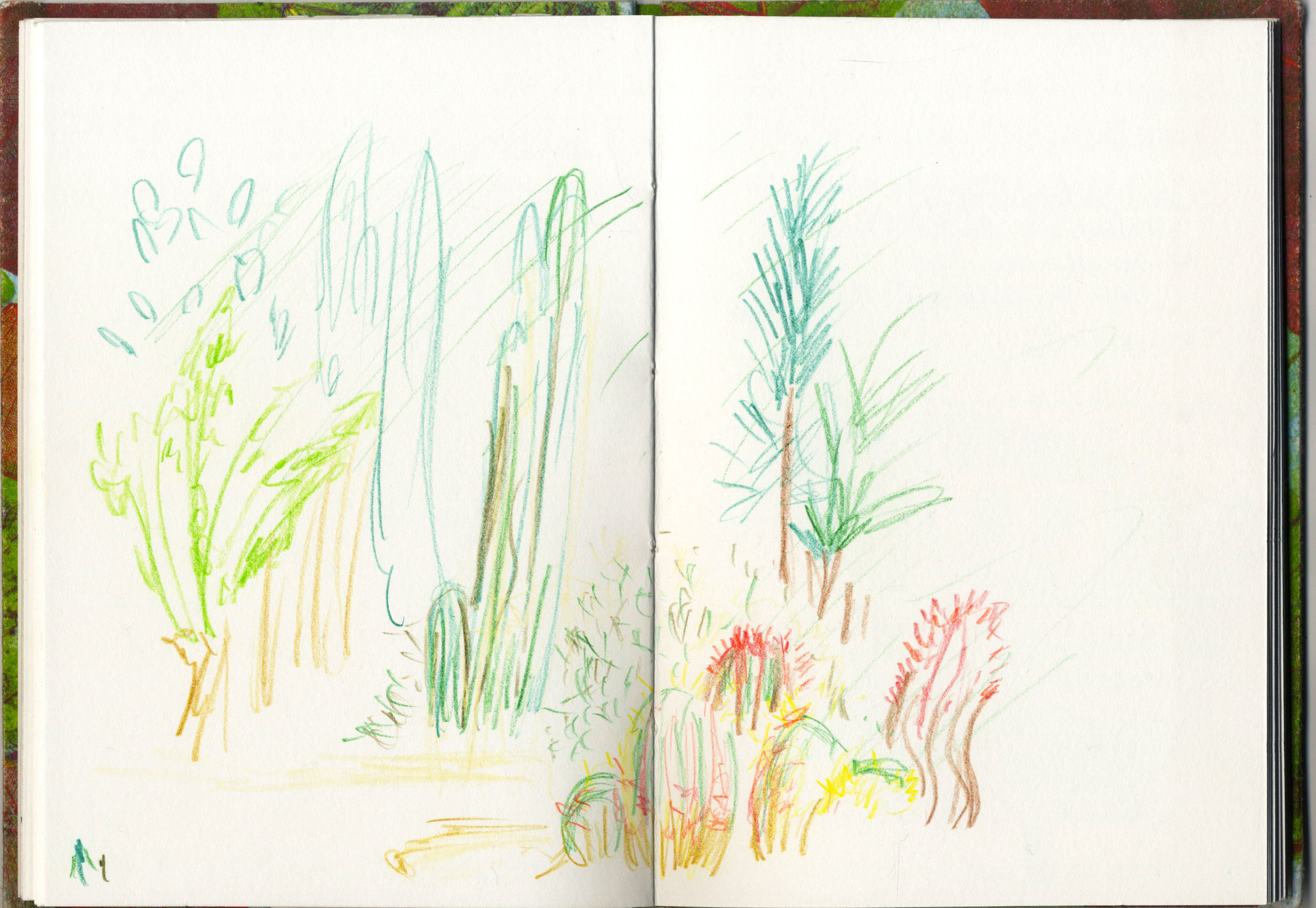
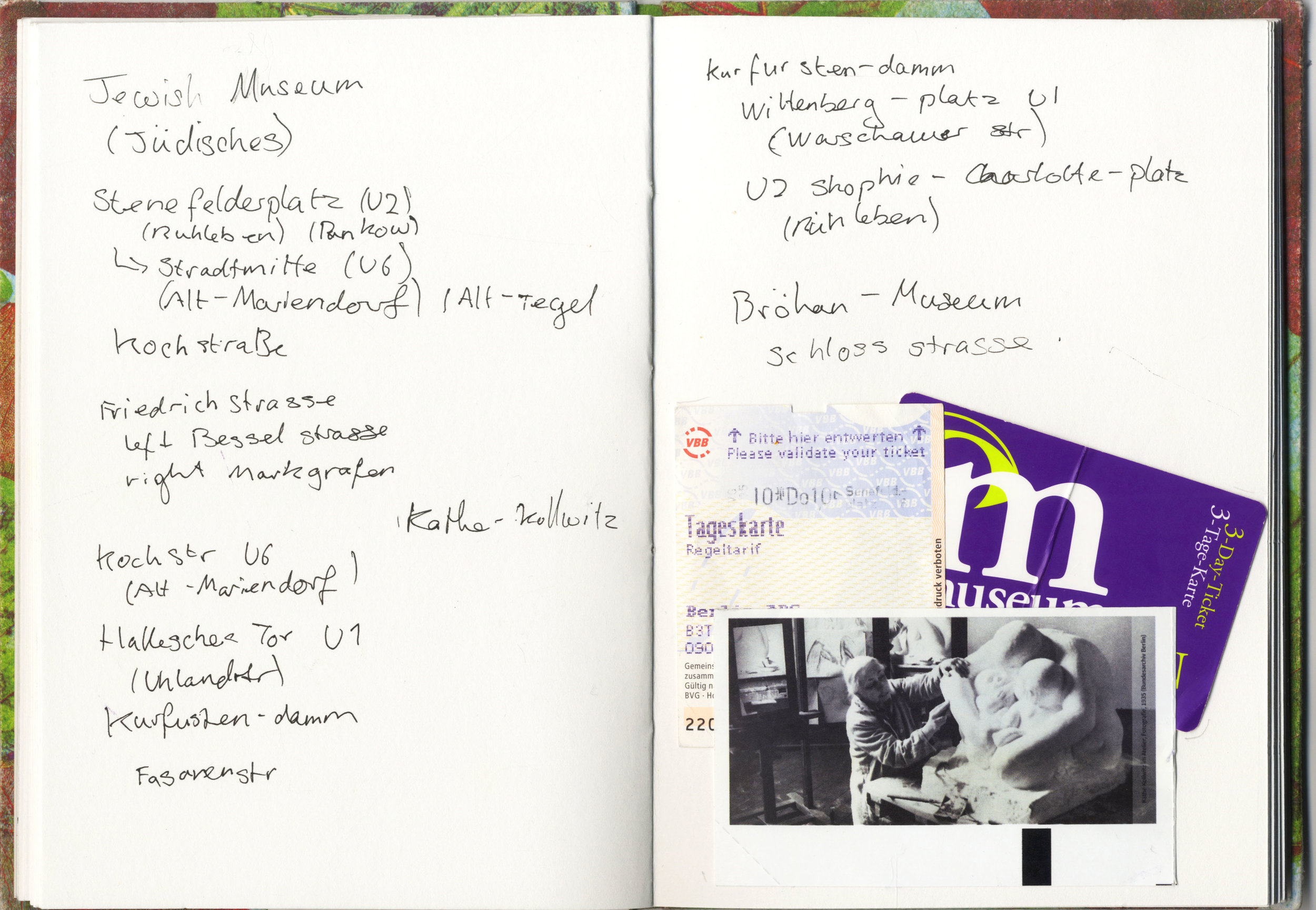

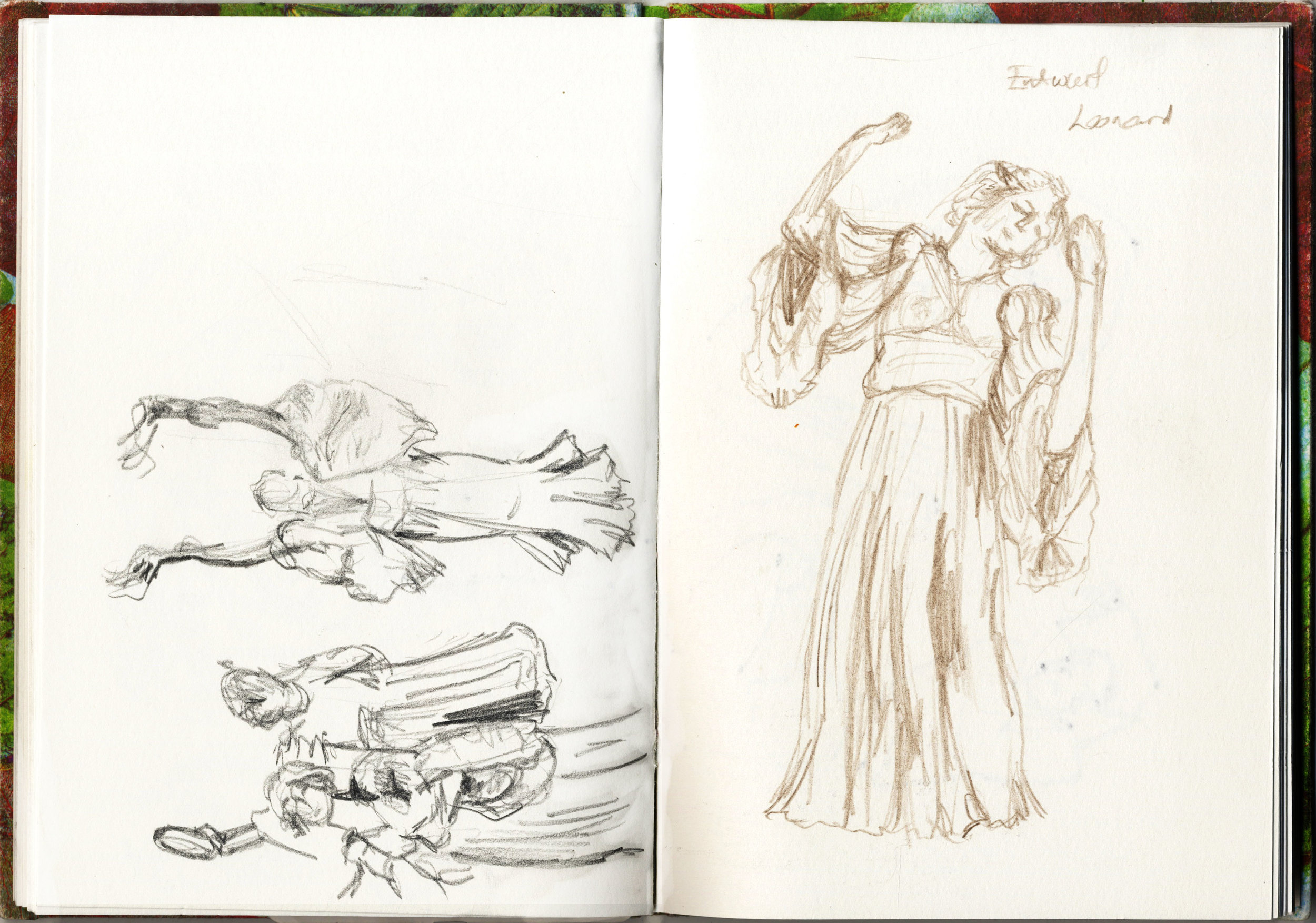
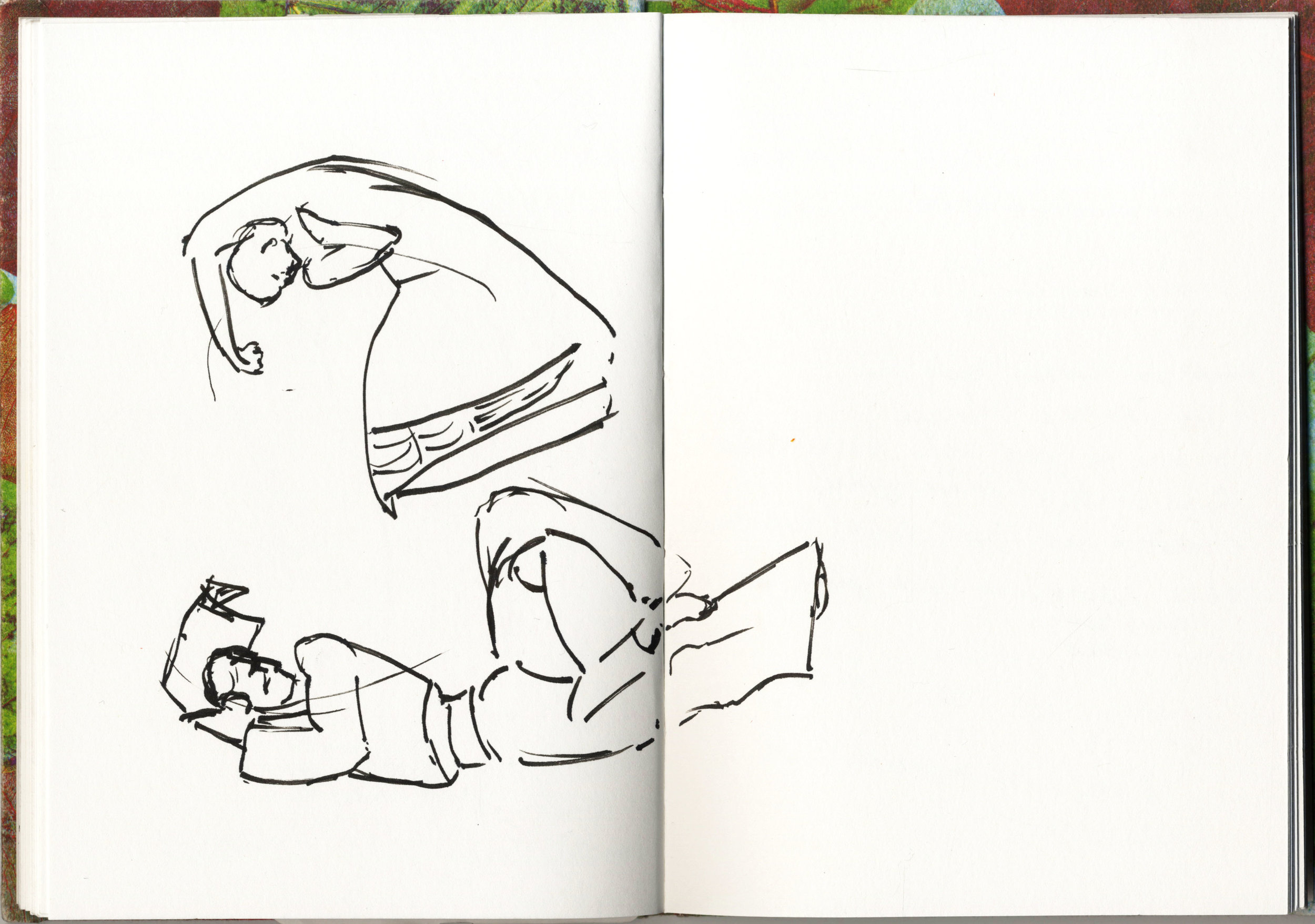


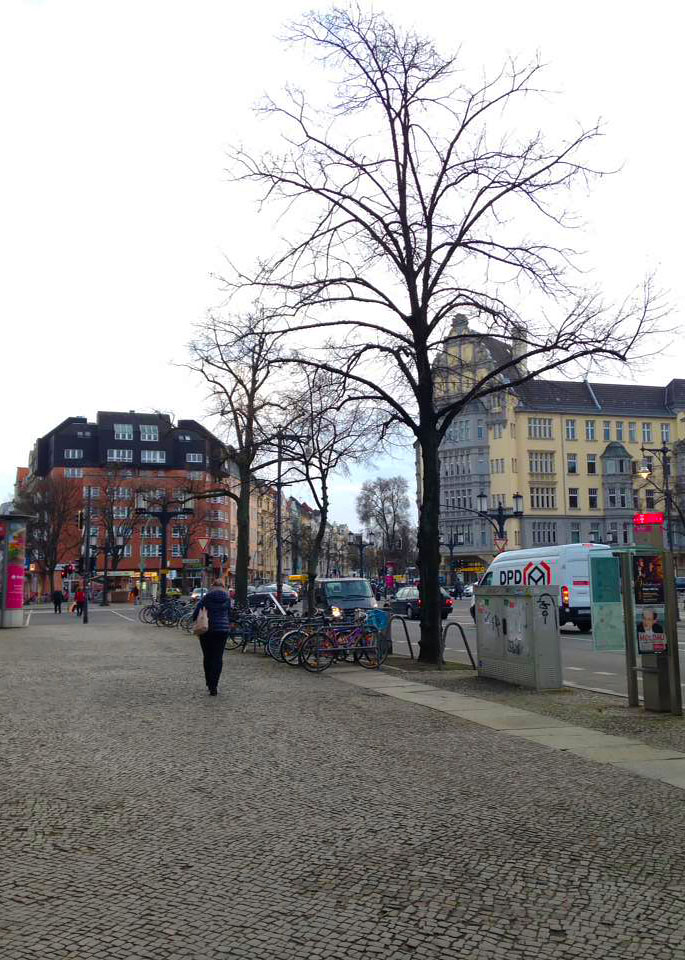
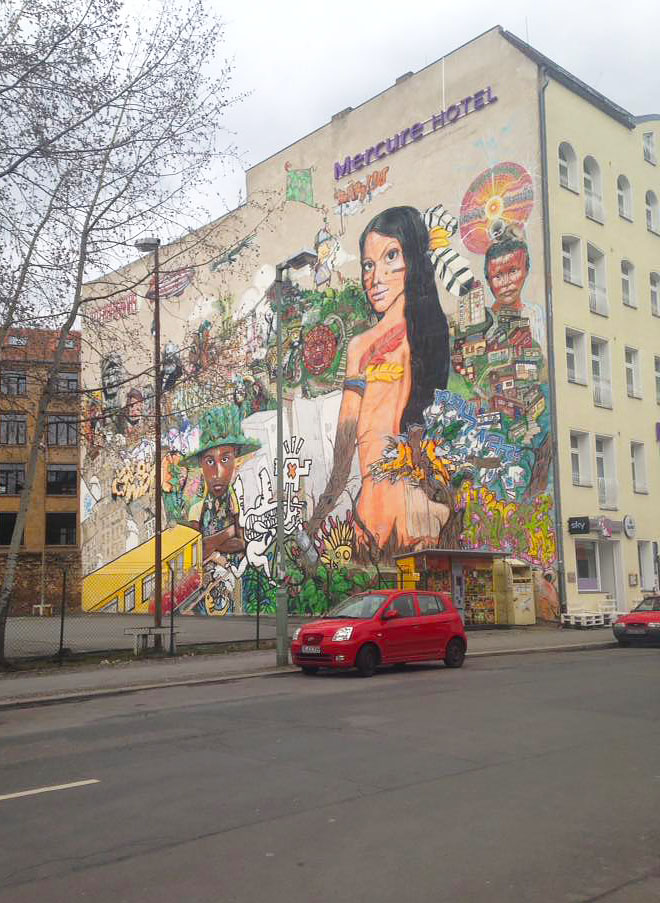
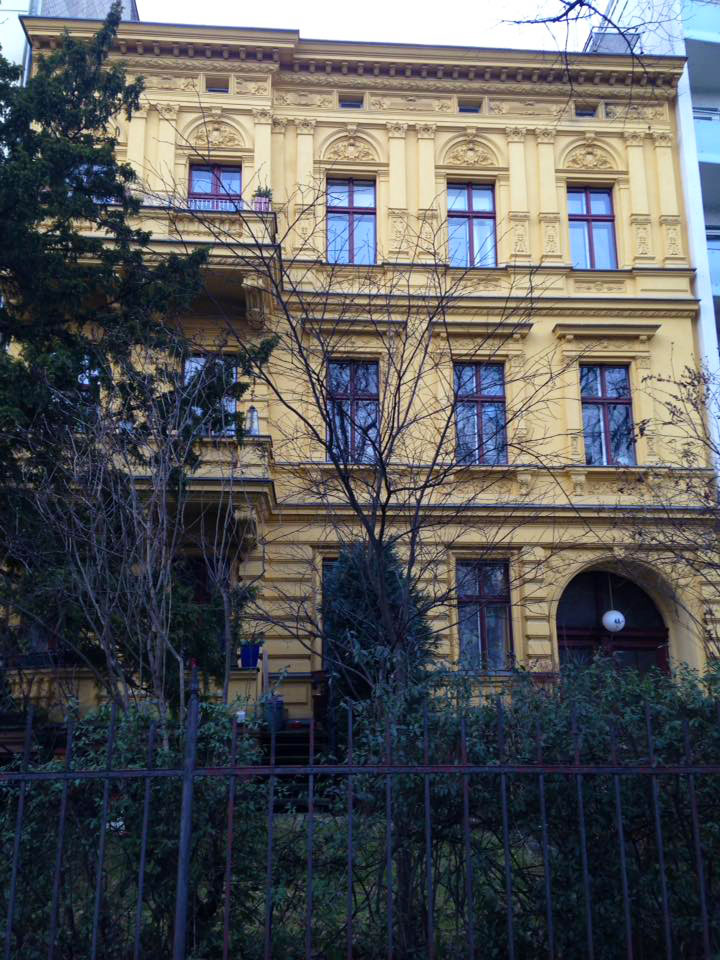
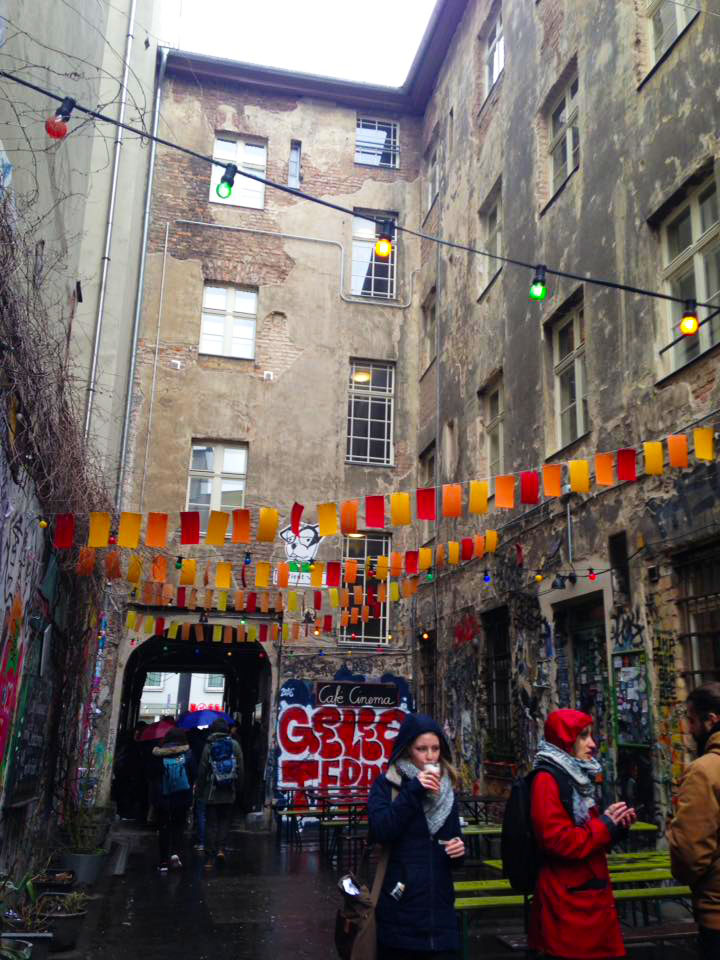

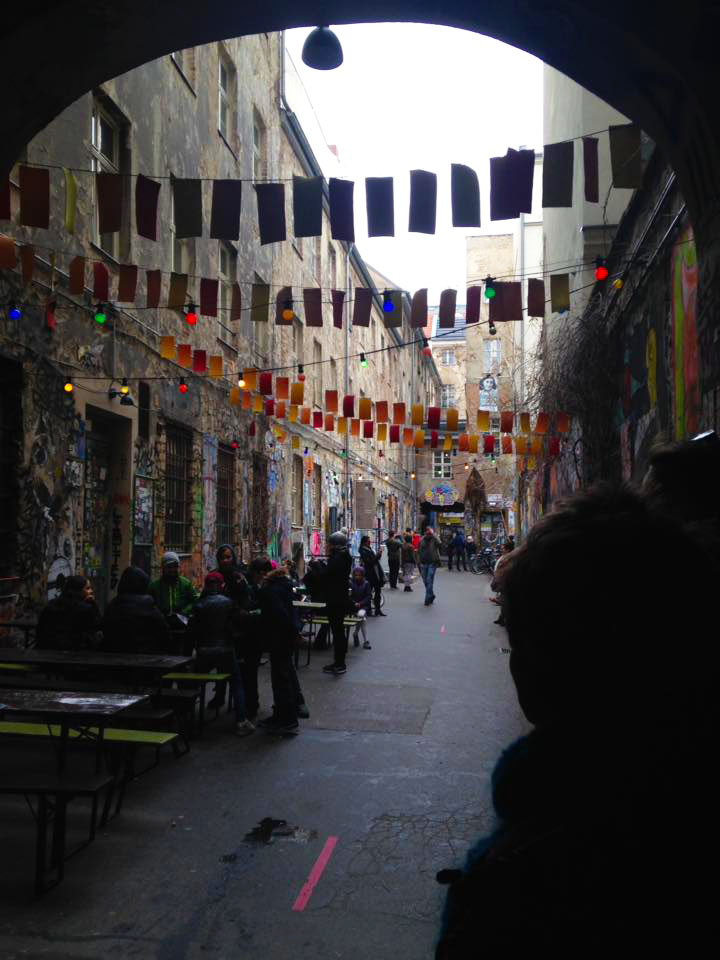

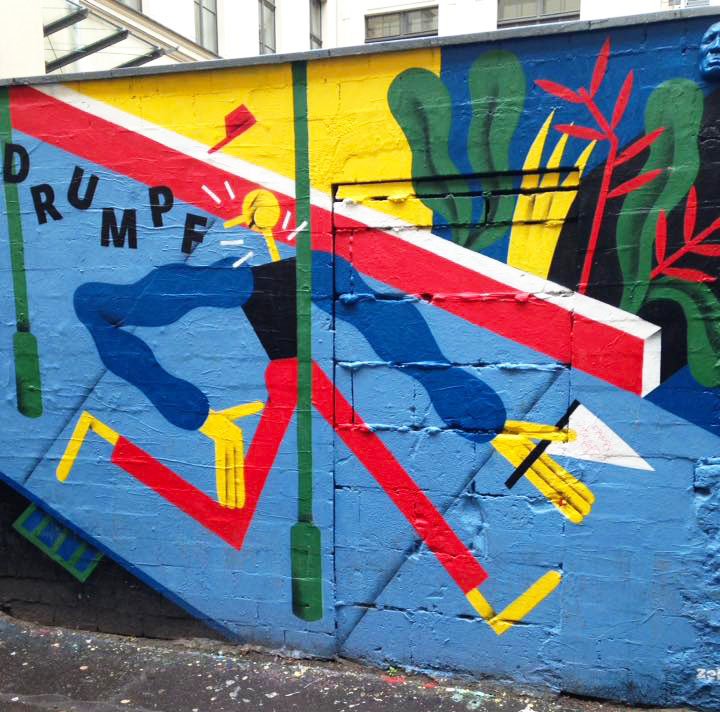
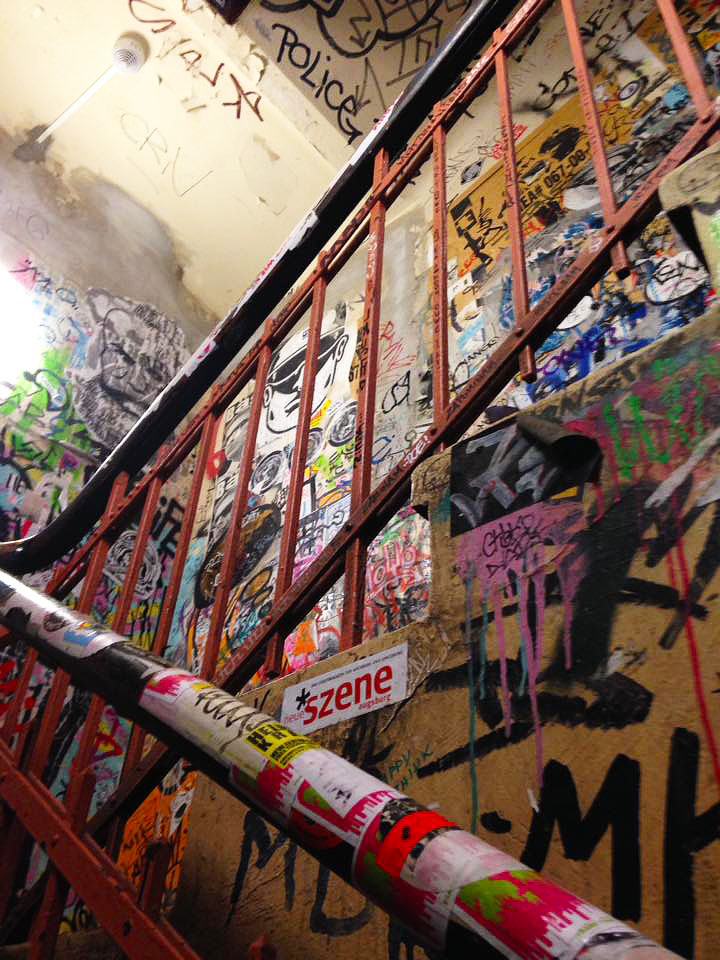

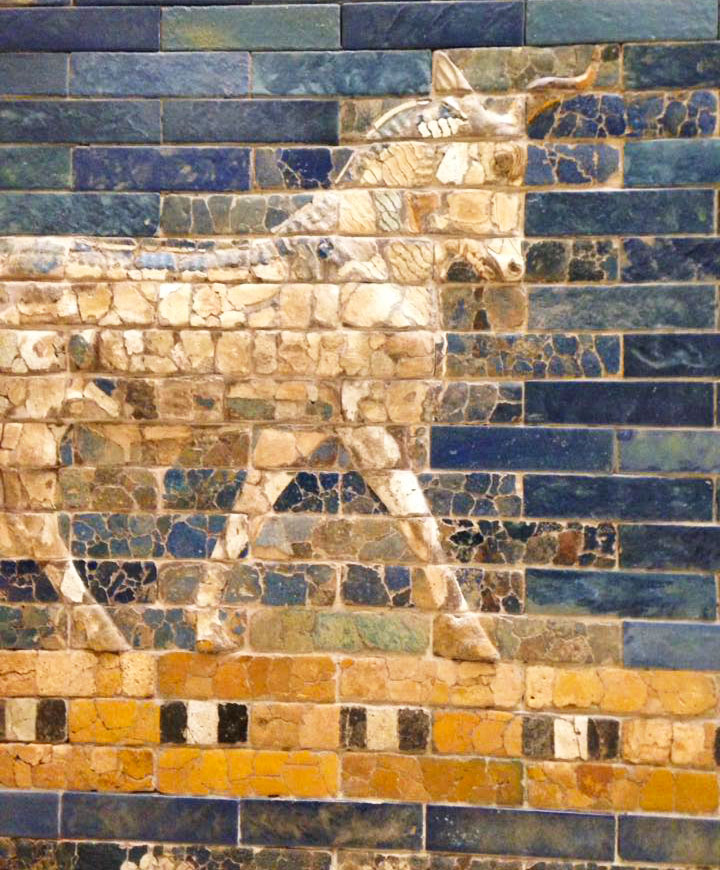
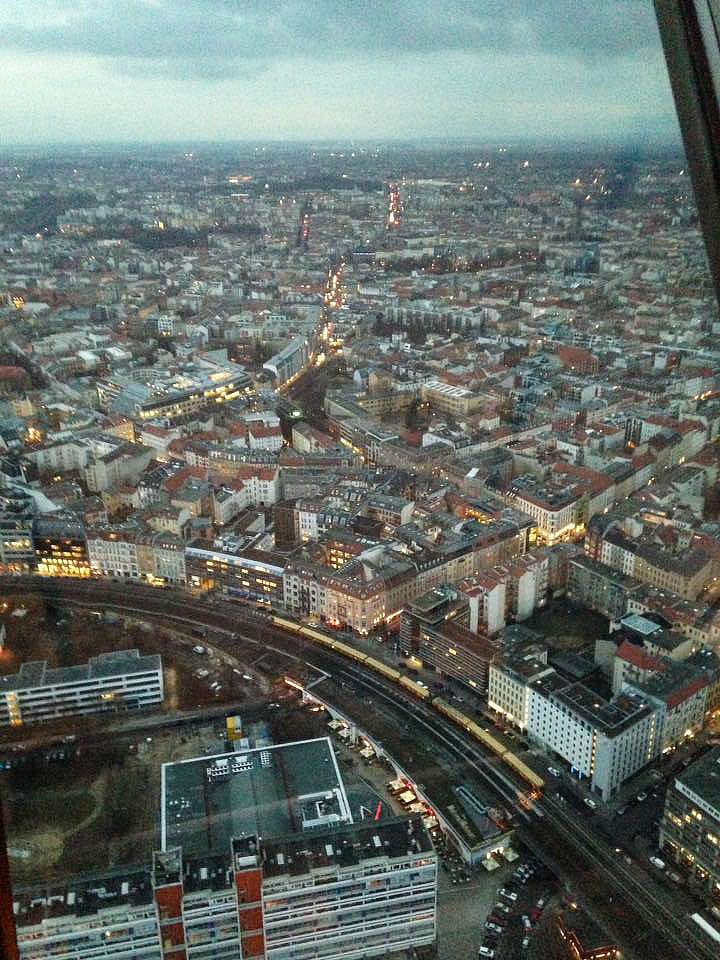
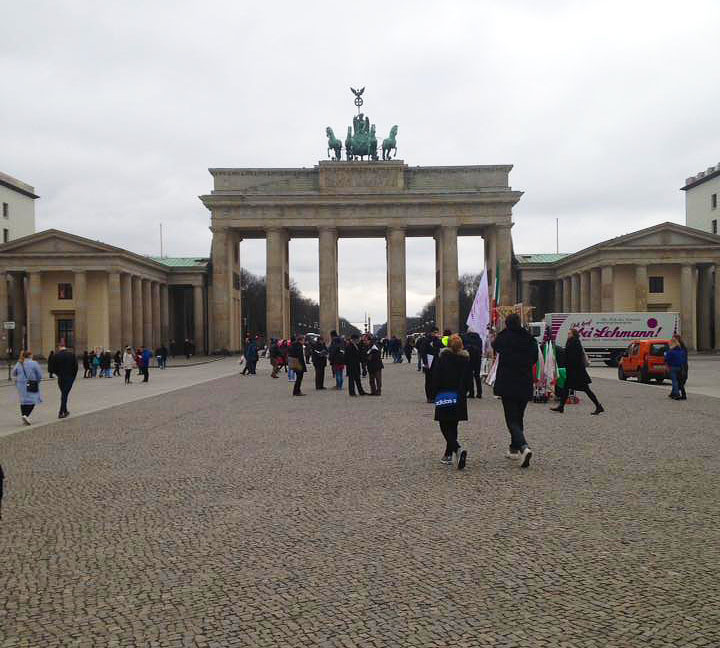
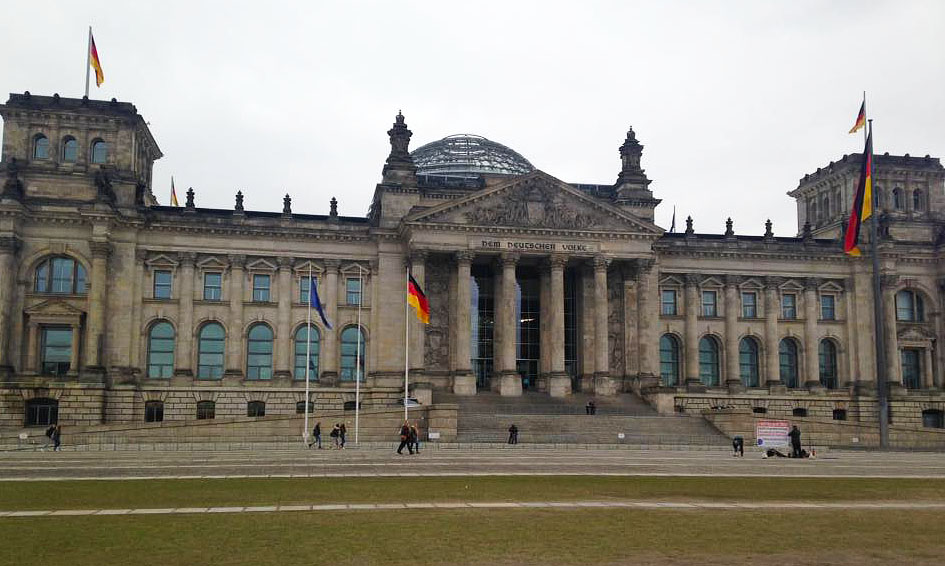
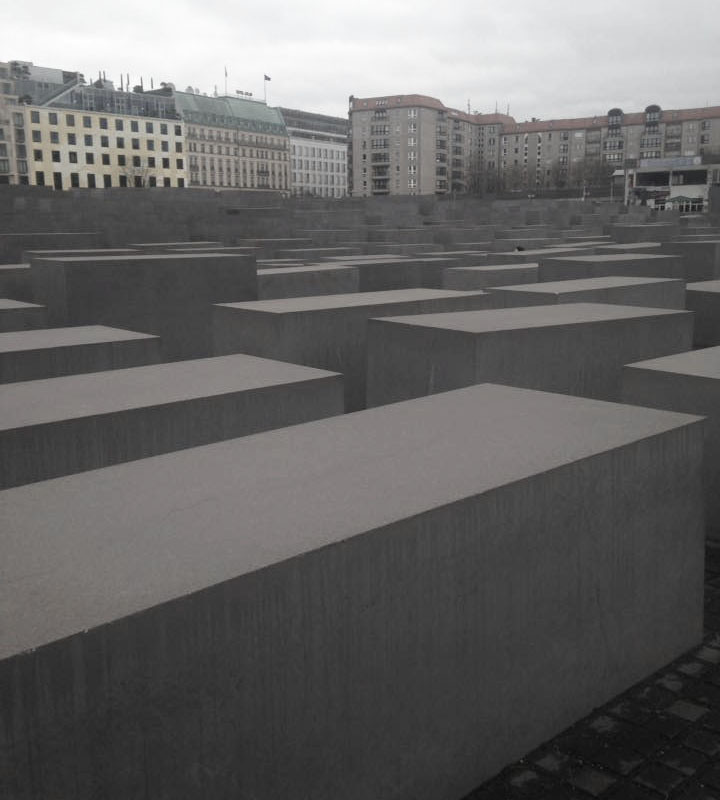

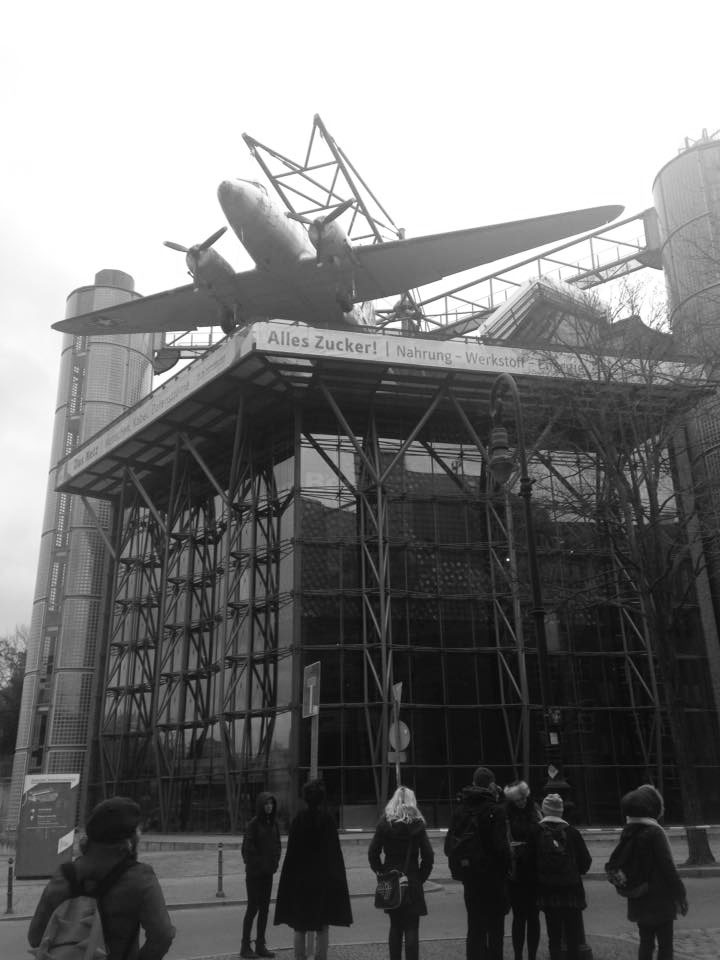
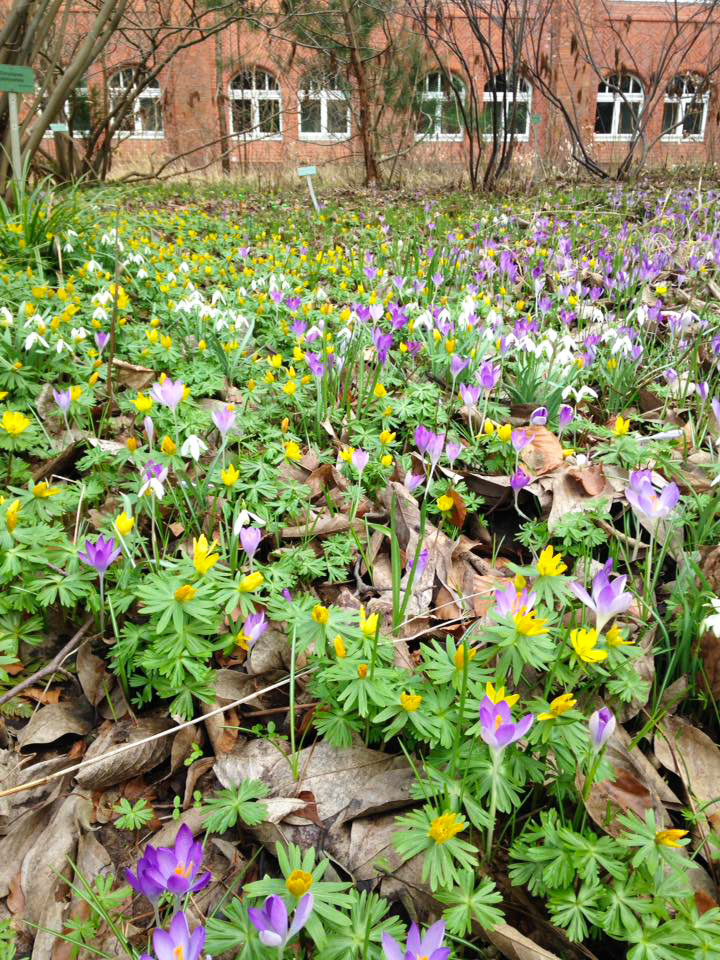
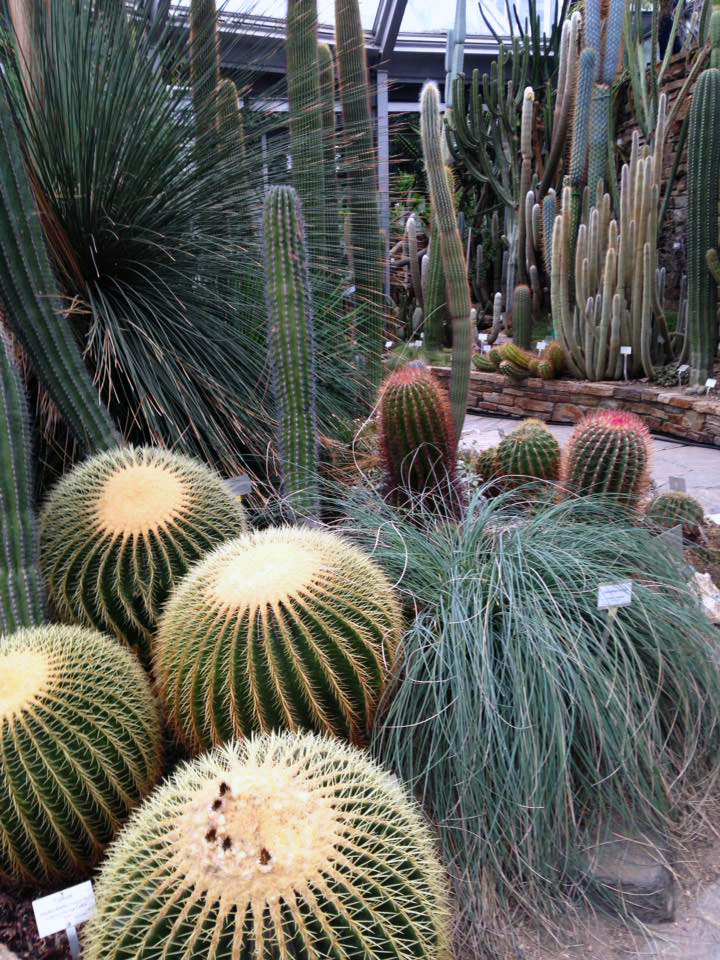

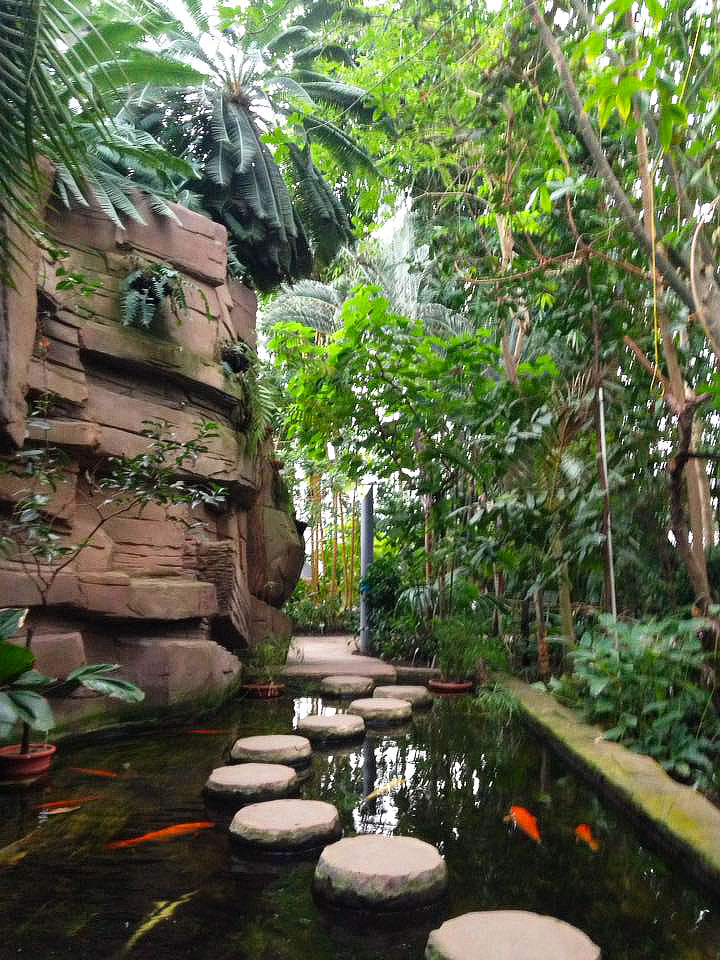

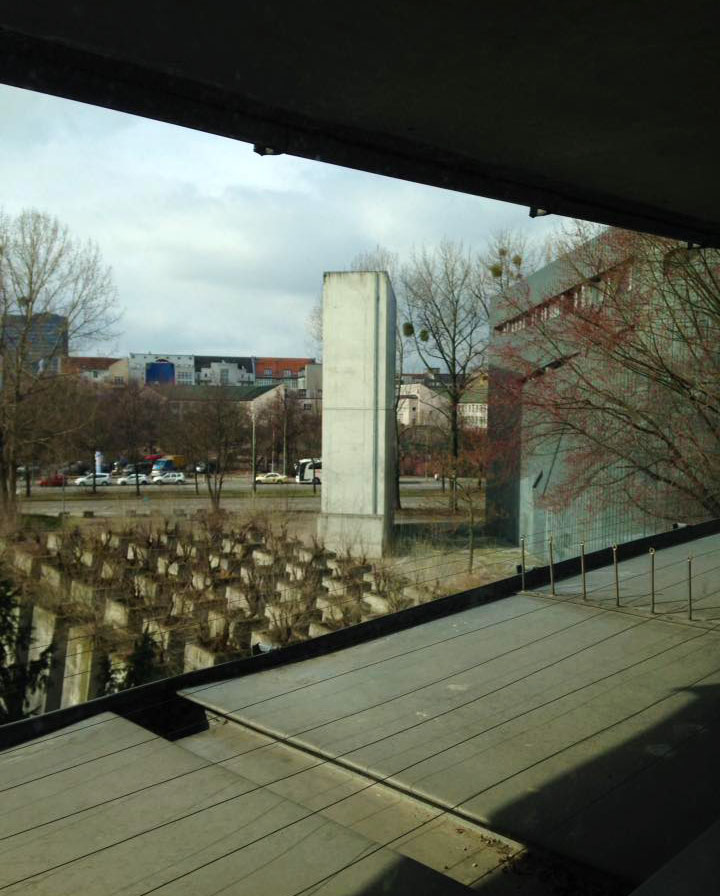
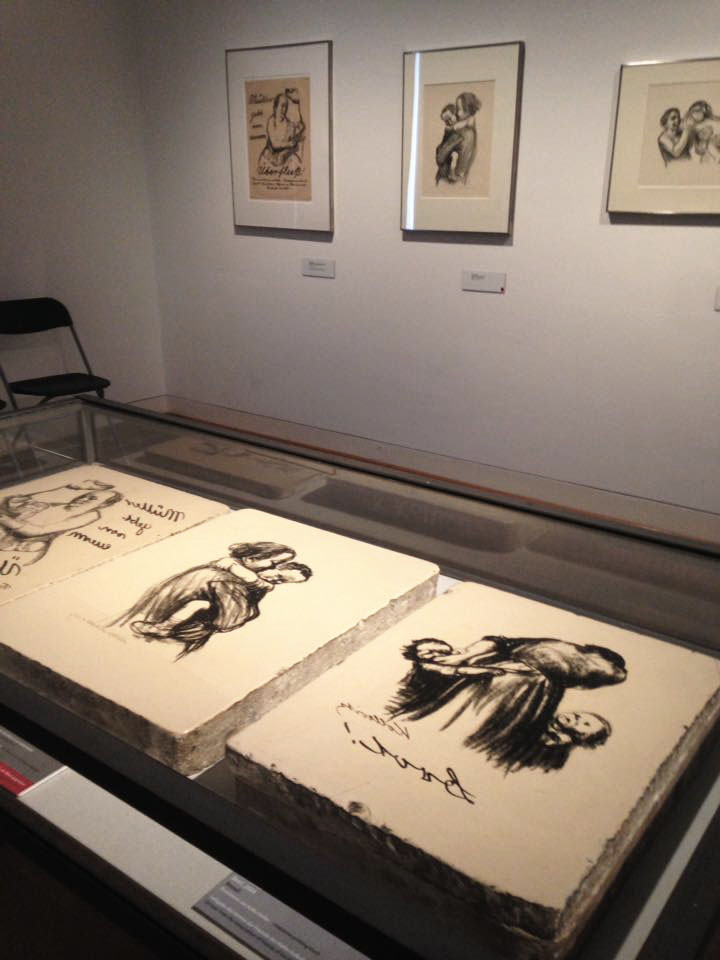
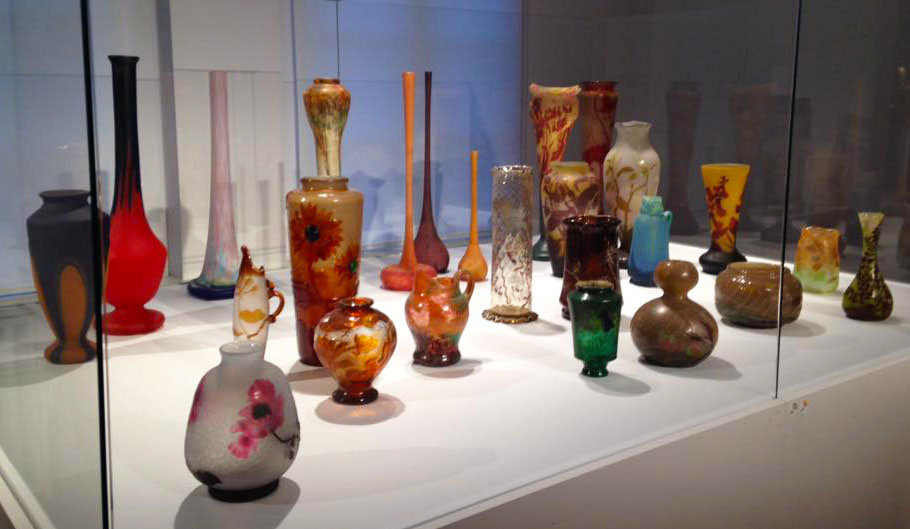

A magical wintery scene, a lone polar bear gazes out on to the mystical mountains as the Northern Lights dance above. Made through traditional printing processes, woodcut and lino. 6” x 6” envelopes included, blank card on the inside.
Traditional printing can often leave small imperfections during the printing process, these beauty marks add character and charm to the unique print.